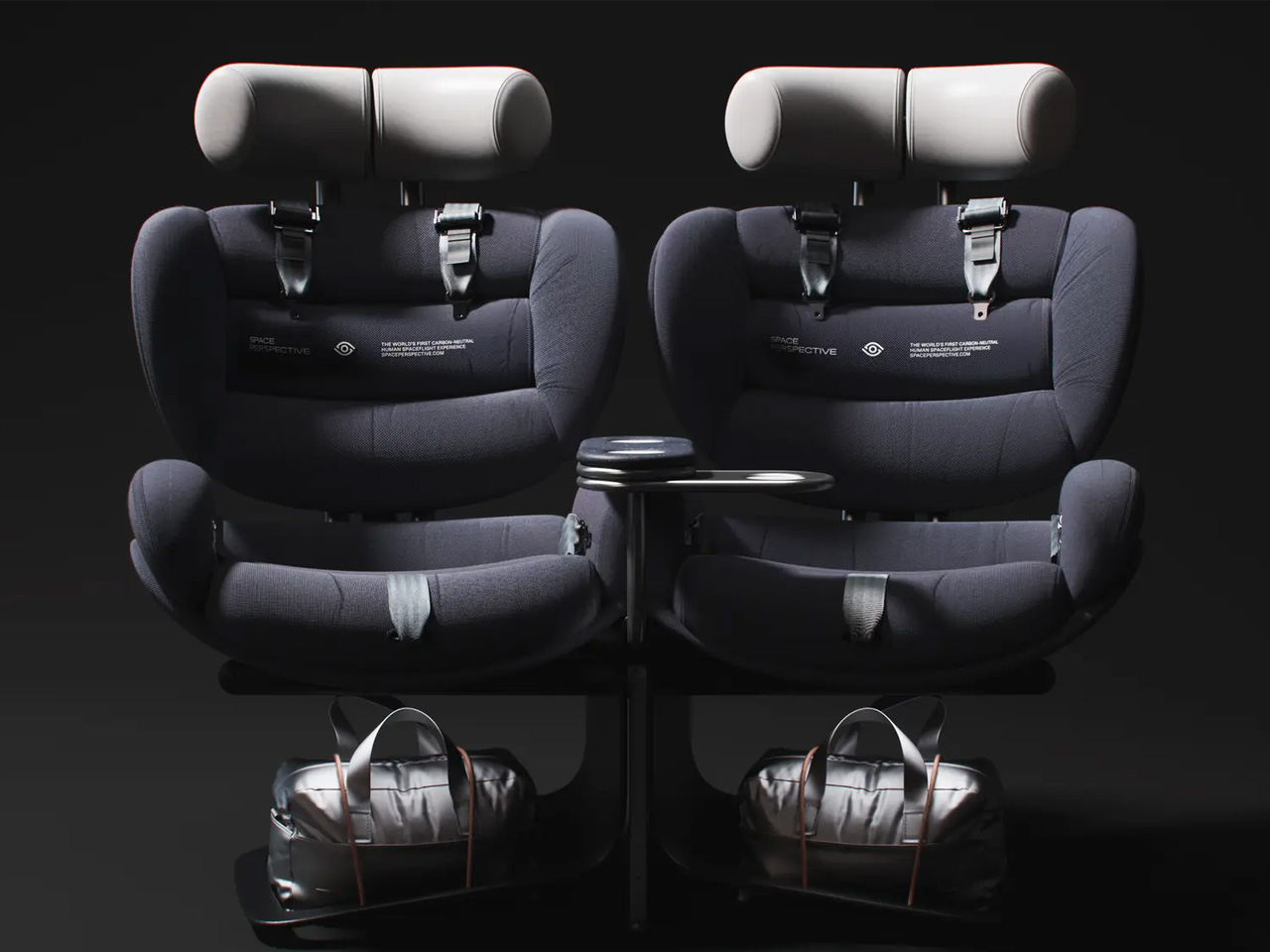
Space Perspective offers life-changing trips to the edge of space in the world’s first carbon-neutral spaceflight. This spaceship dubbed Neptune features a breathtaking design. It’s a capsule with special UV reflective coated largest glass windows ever flown to space providing occupants an unparalleled view from the space lounge inside containing eight state-of-the-art chairs designed both for comfort and aerospace experience.
The innovative seating solution for Neptune’s passengers is visibly inspired by the lounge chairs. It seamlessly merges the luxury and comfort of the lounge chair with the safety requirements of space travel to ensure the guests have not only a comfortable seat but a safe one at that.
Designer: Of My Imagination
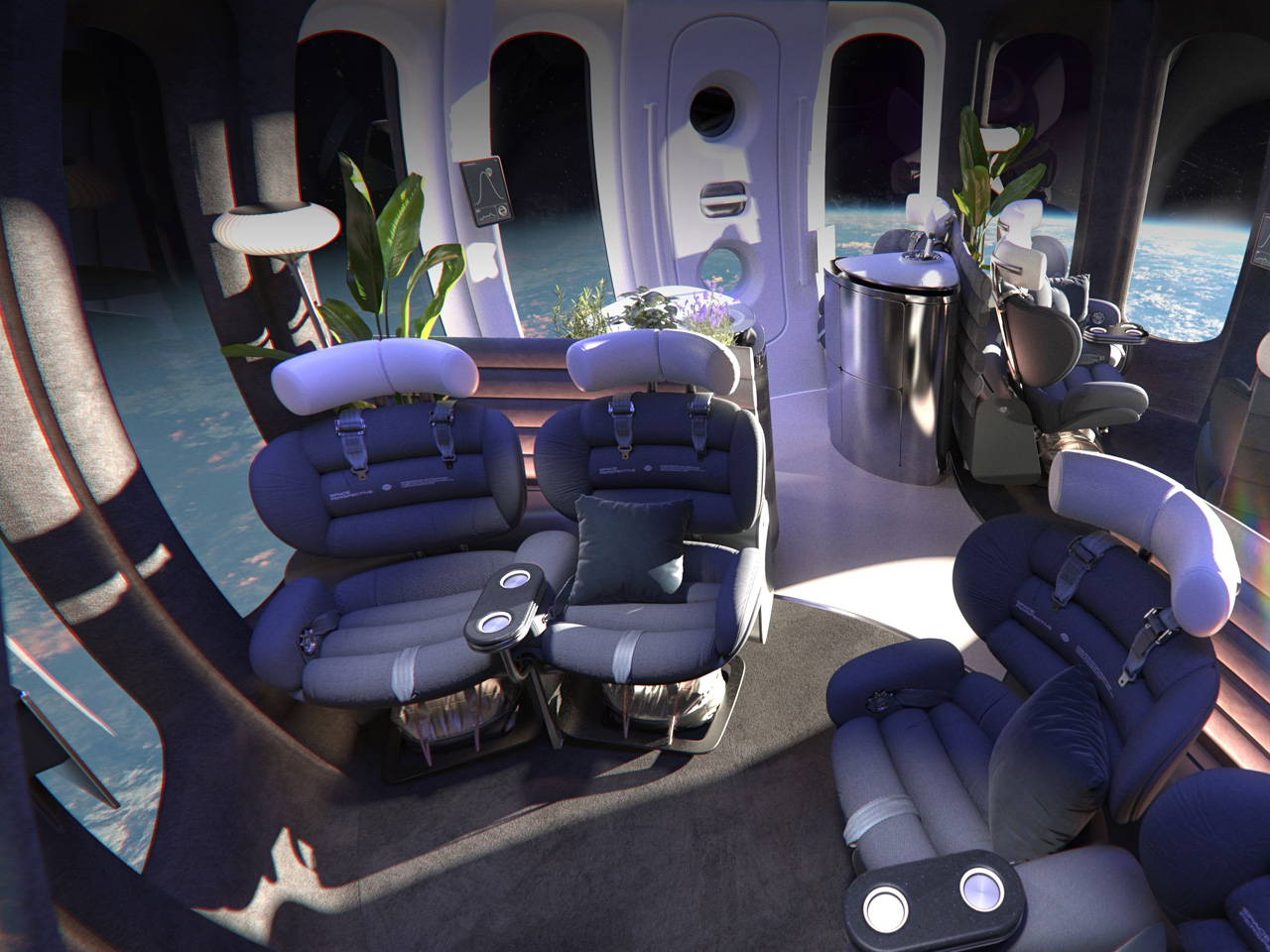
Dubbed Aerospace Seat SPN-01, these eight dark-blue chairs in the space lounge are lightweight, functional, and safe. While meeting travel safety standards, these chairs also provide umpteen luxury courtesy of the floating backrest, ergonomic flexibility, and modular cushioning.
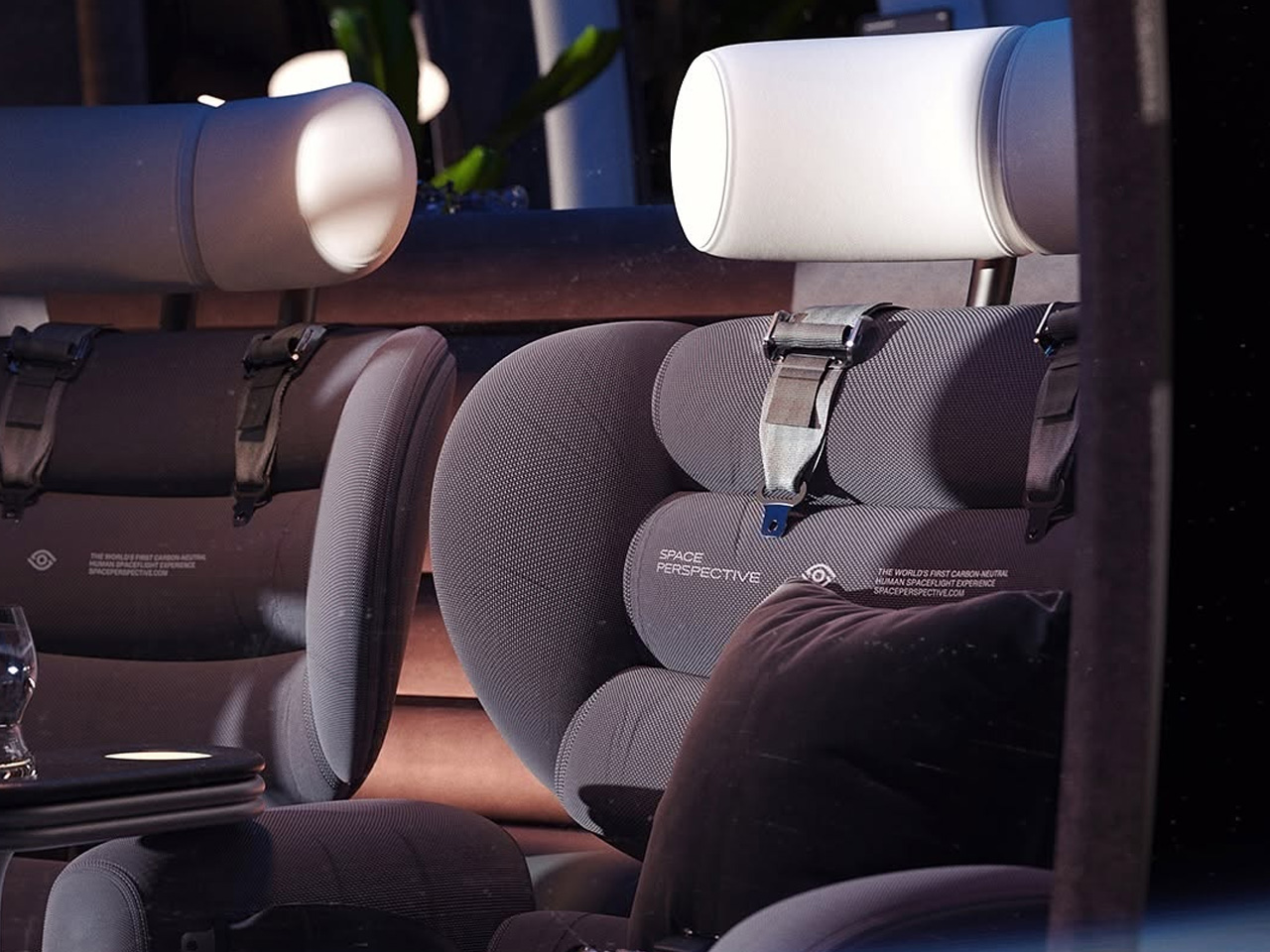
These aerospace seats blend a modular pad system with adjustable cushions for ergonomic comfort. Owing to their contoured shape and arced headrest, the chairs nicely cradle their passengers during the critical phases of launch and landing. Due to their positioning (each facing outwards) in the roomy space lounge, each seat has a panoramic 360-degree view through the large capsule windows.
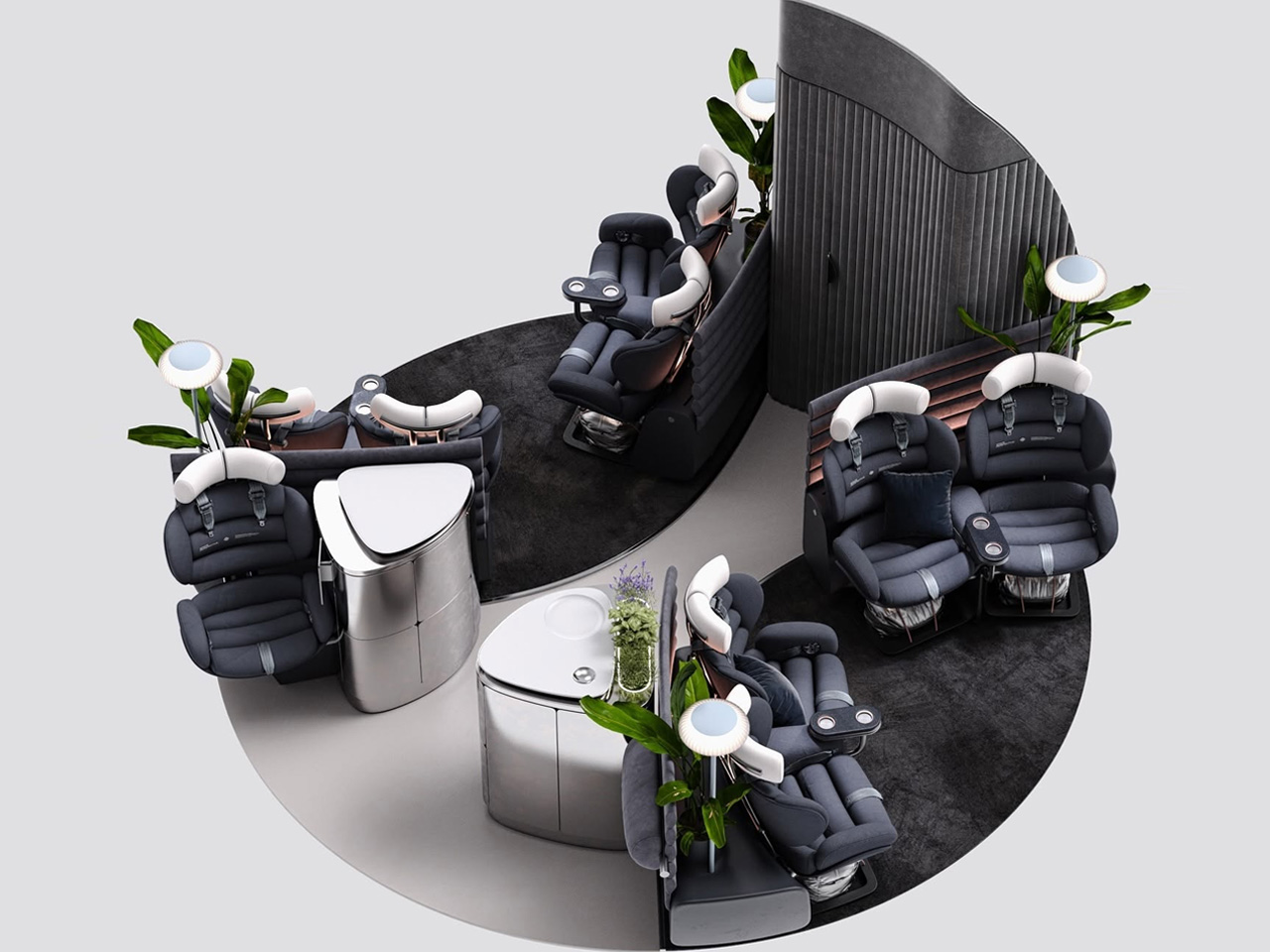
Whilst being designed to comfort anxious passengers in their cocooning environment, the Aerospace Seat SPN-01 is easy to repair and has adjustable features to balance comfort with functionality. Designed by @ofmyimagination the chairs are twined in pairs inside of the space capsule designed to promote conversation and foster shared experiences. The chairs are placed adjacent to each other to encourage passengers to speak with each other. Each set of chairs features a mini wooden table in between that doubles as a desk. Every chair has a storage section underneath where passengers can stow their personal belongings.

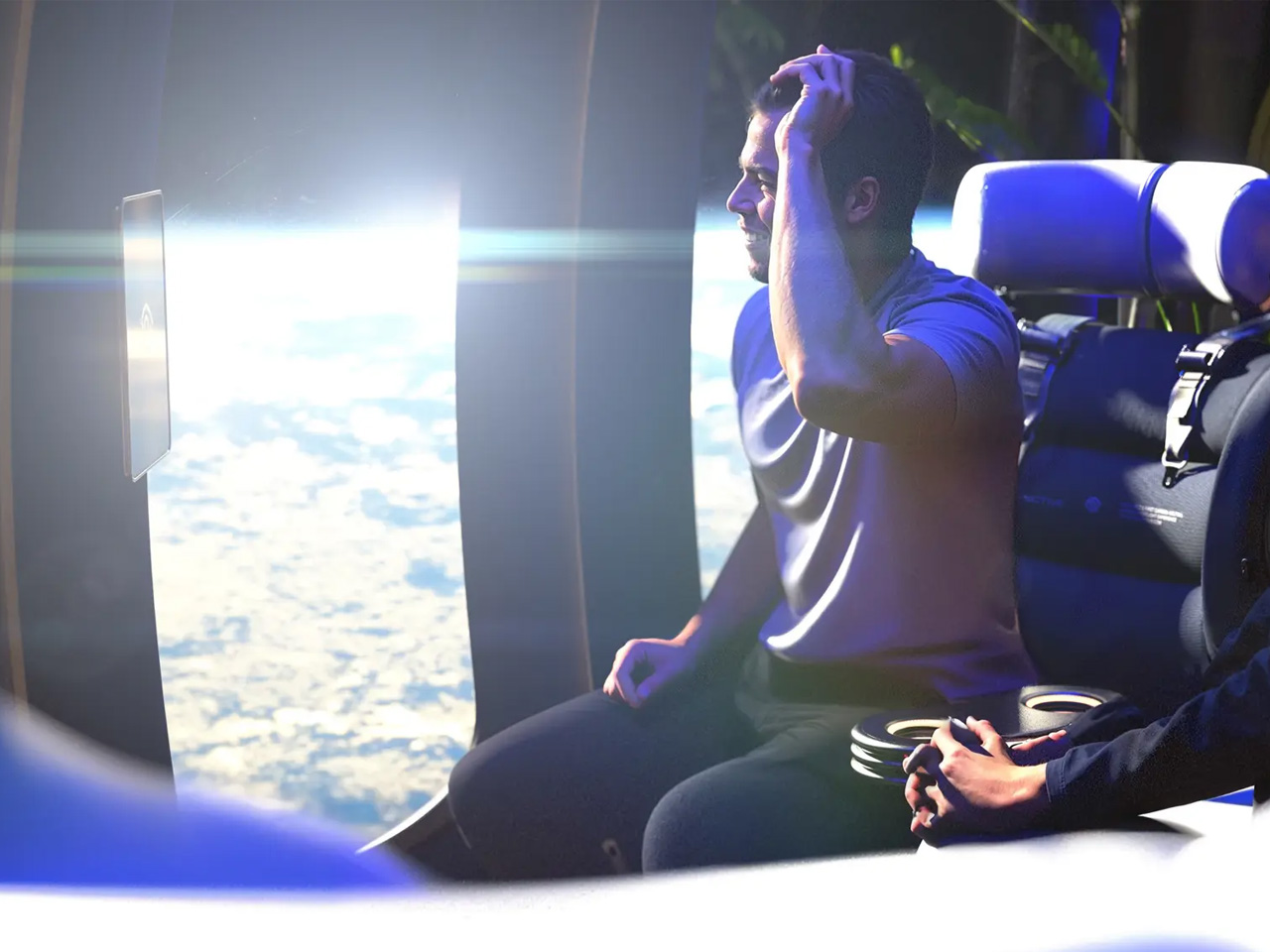
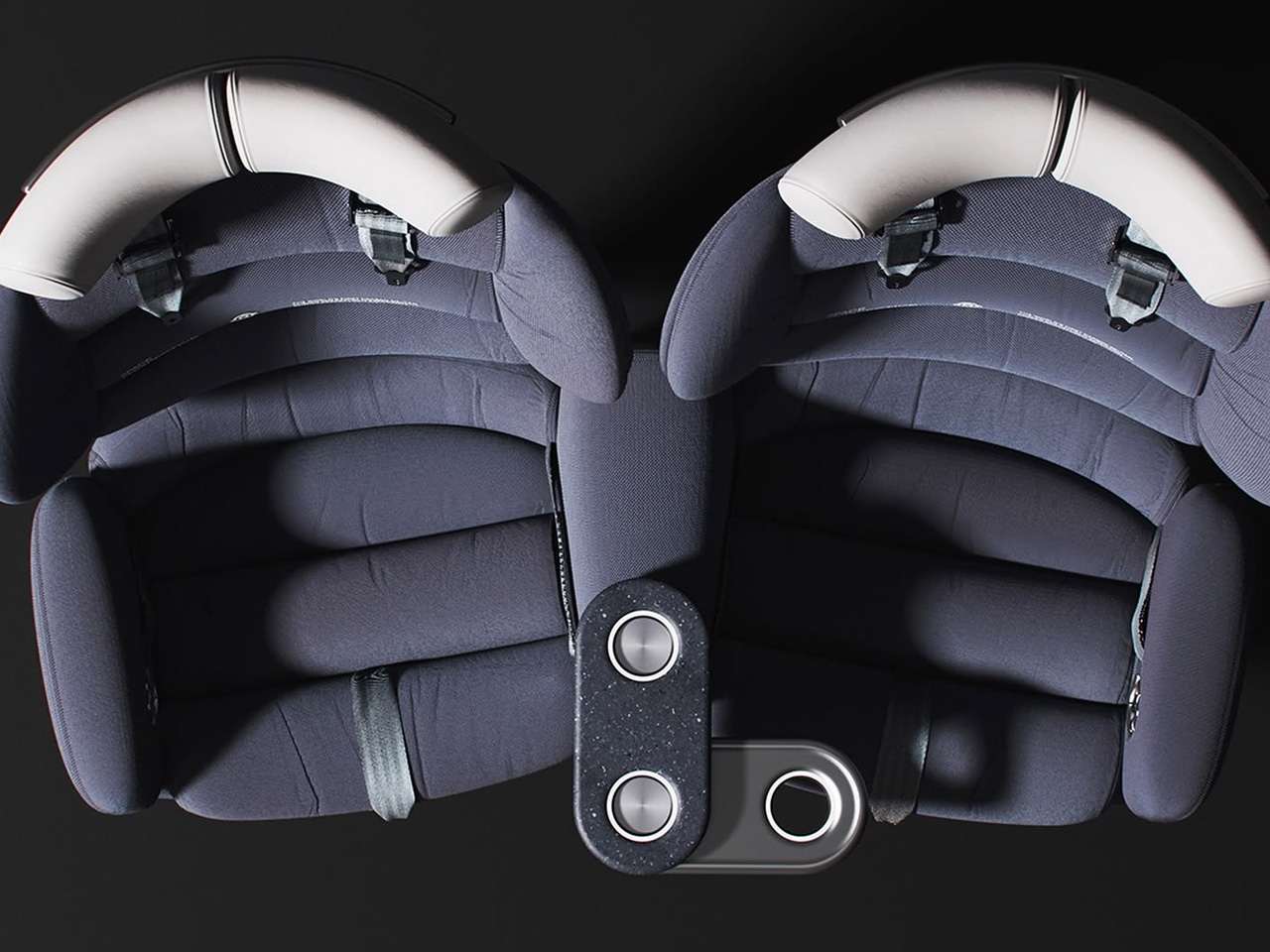
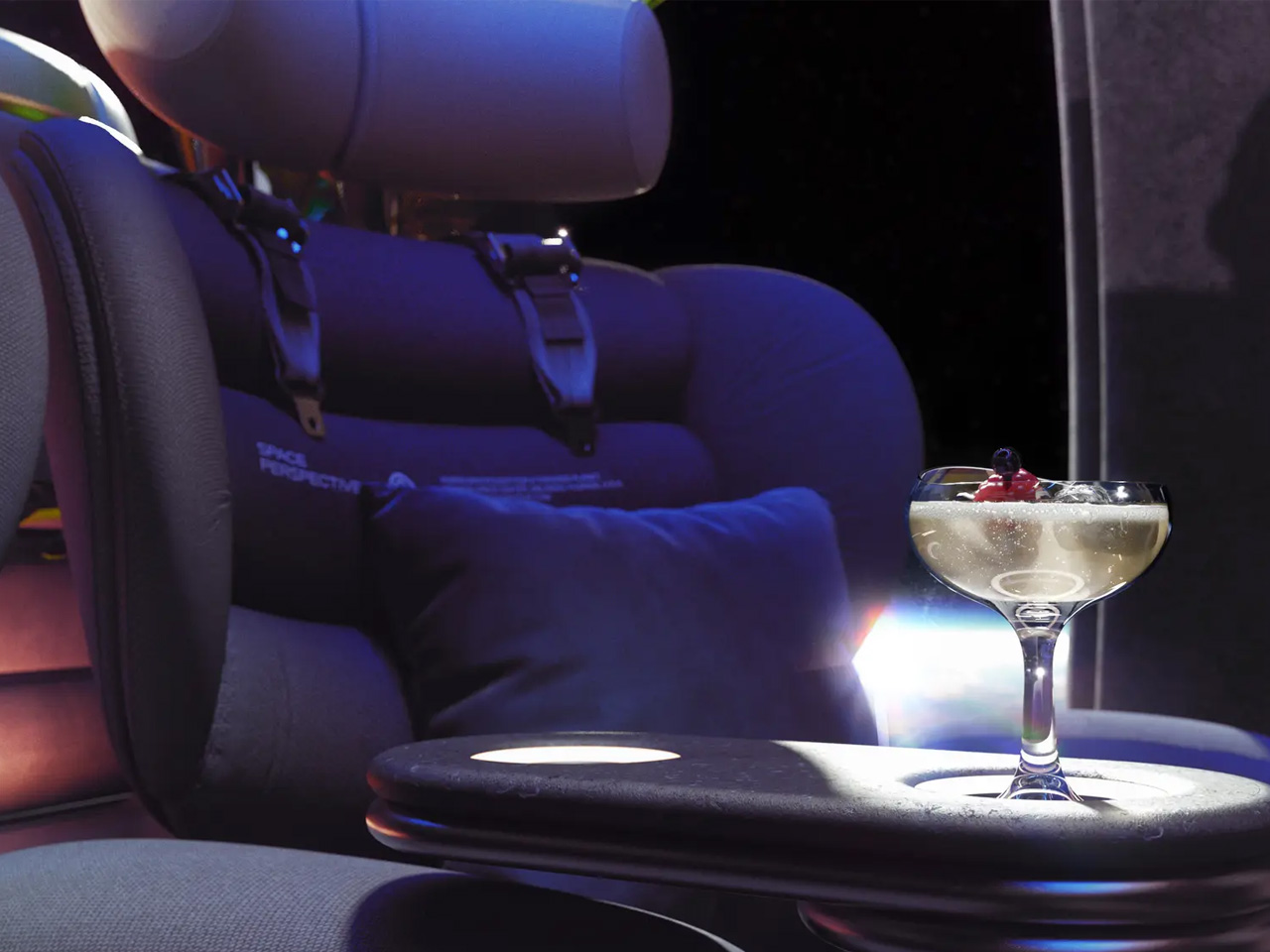
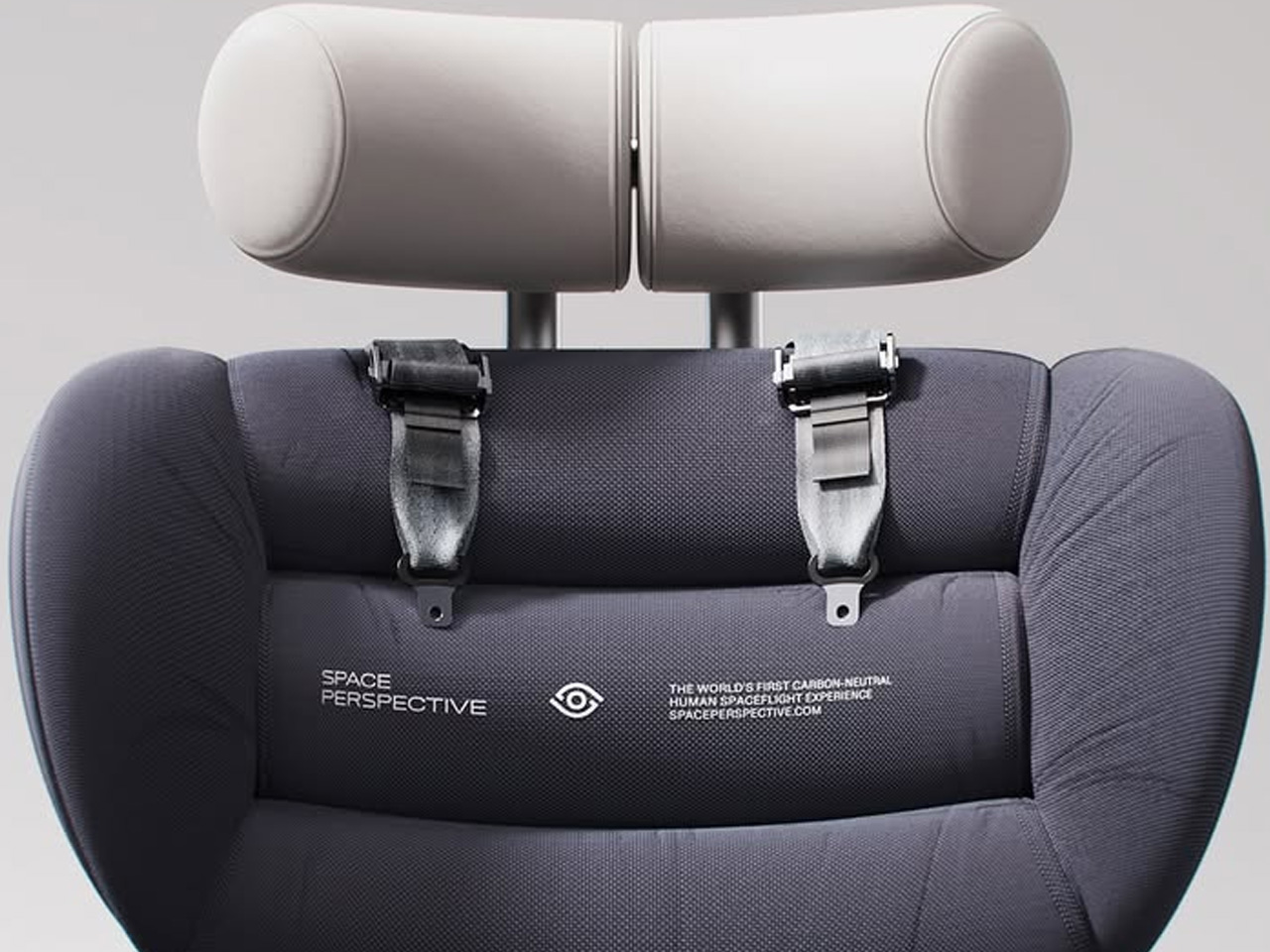
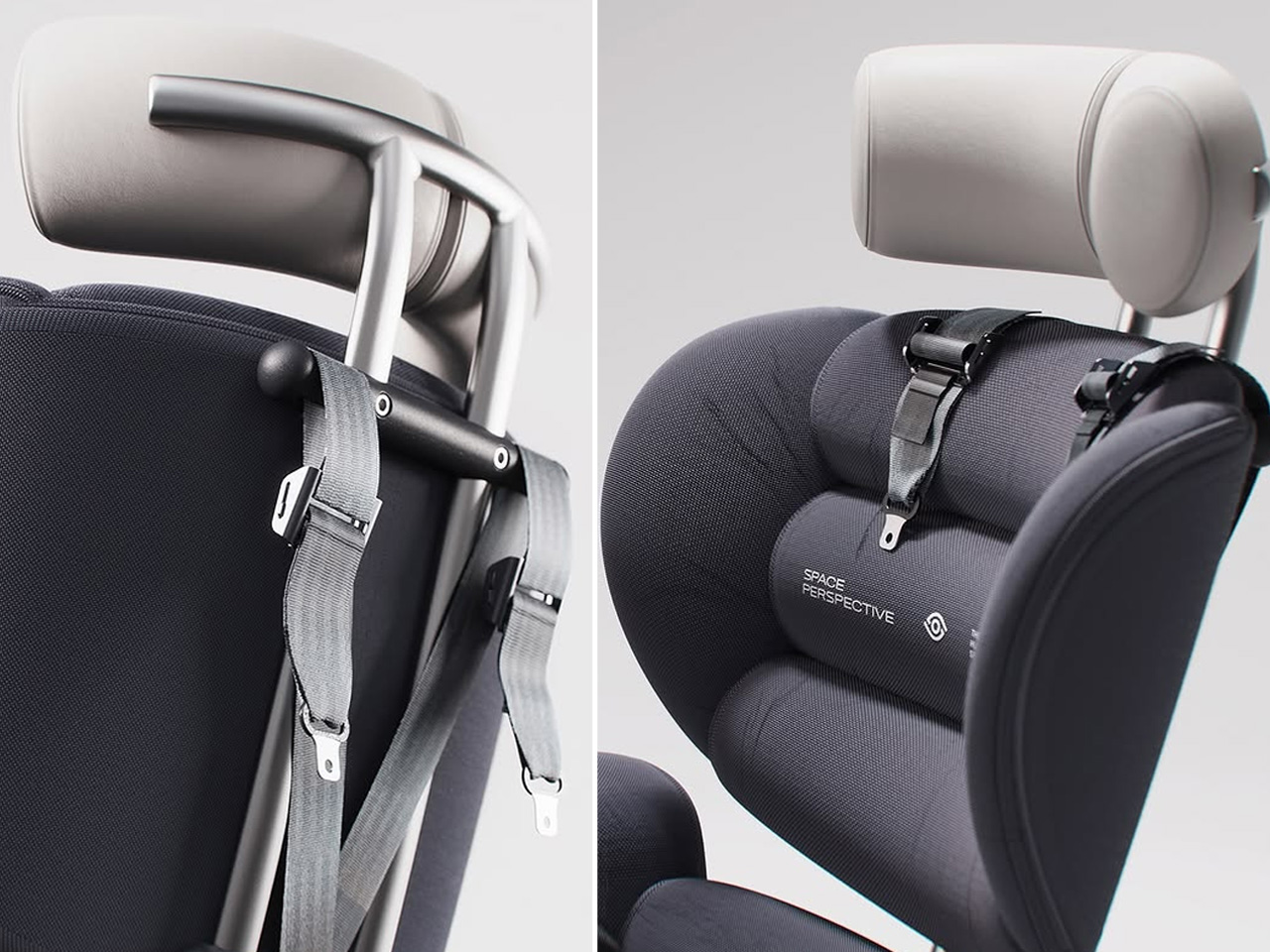
The post This chair with floating backrest, ergonomic flexibility, and modular cushioning is designed for space travel first appeared on Yanko Design.









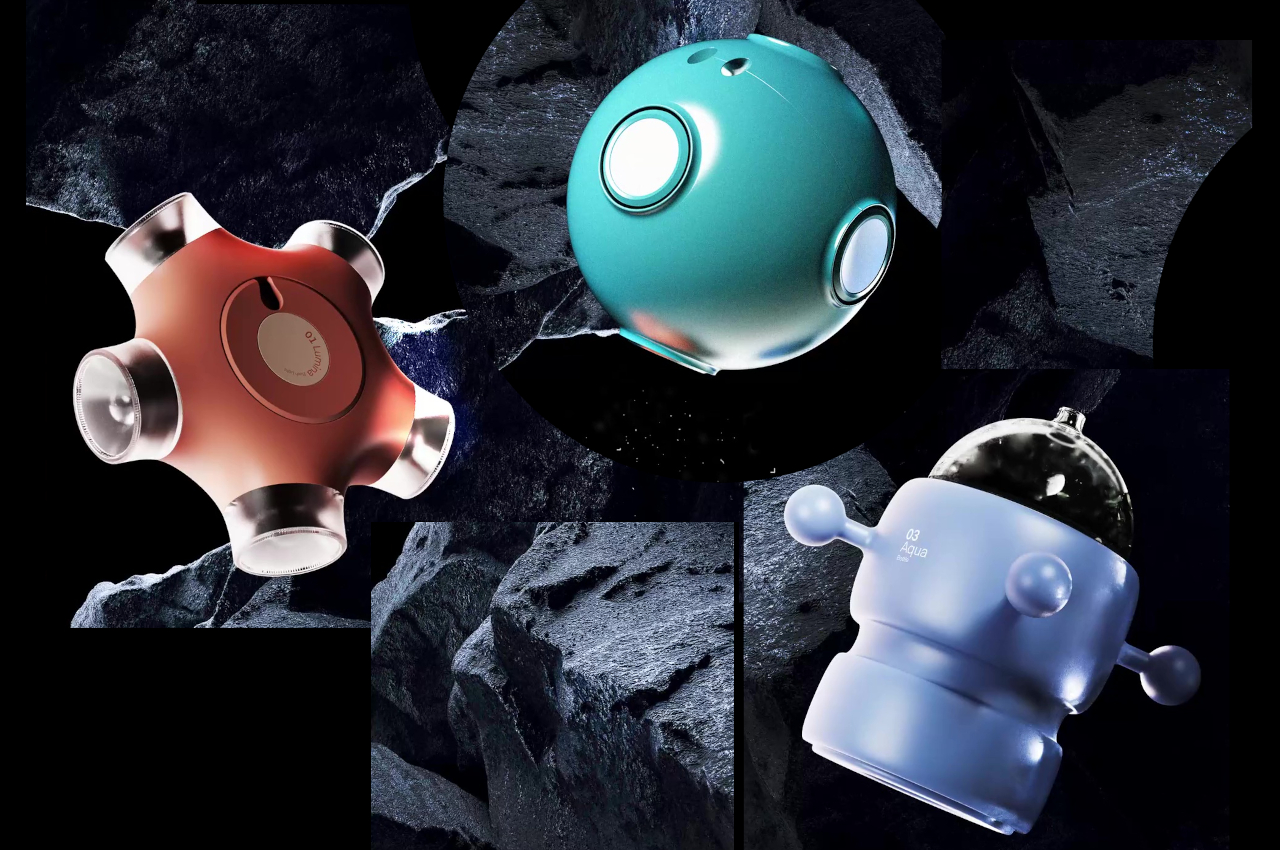

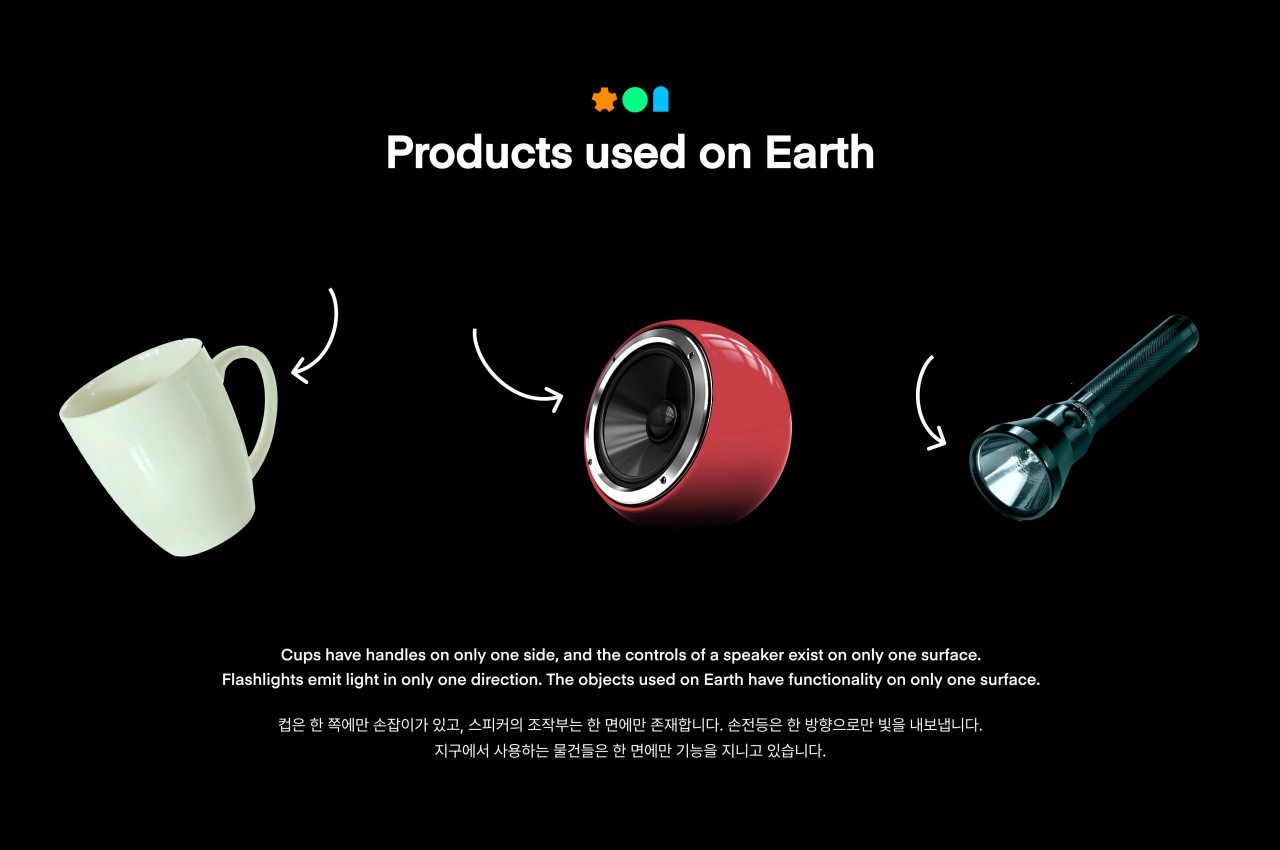
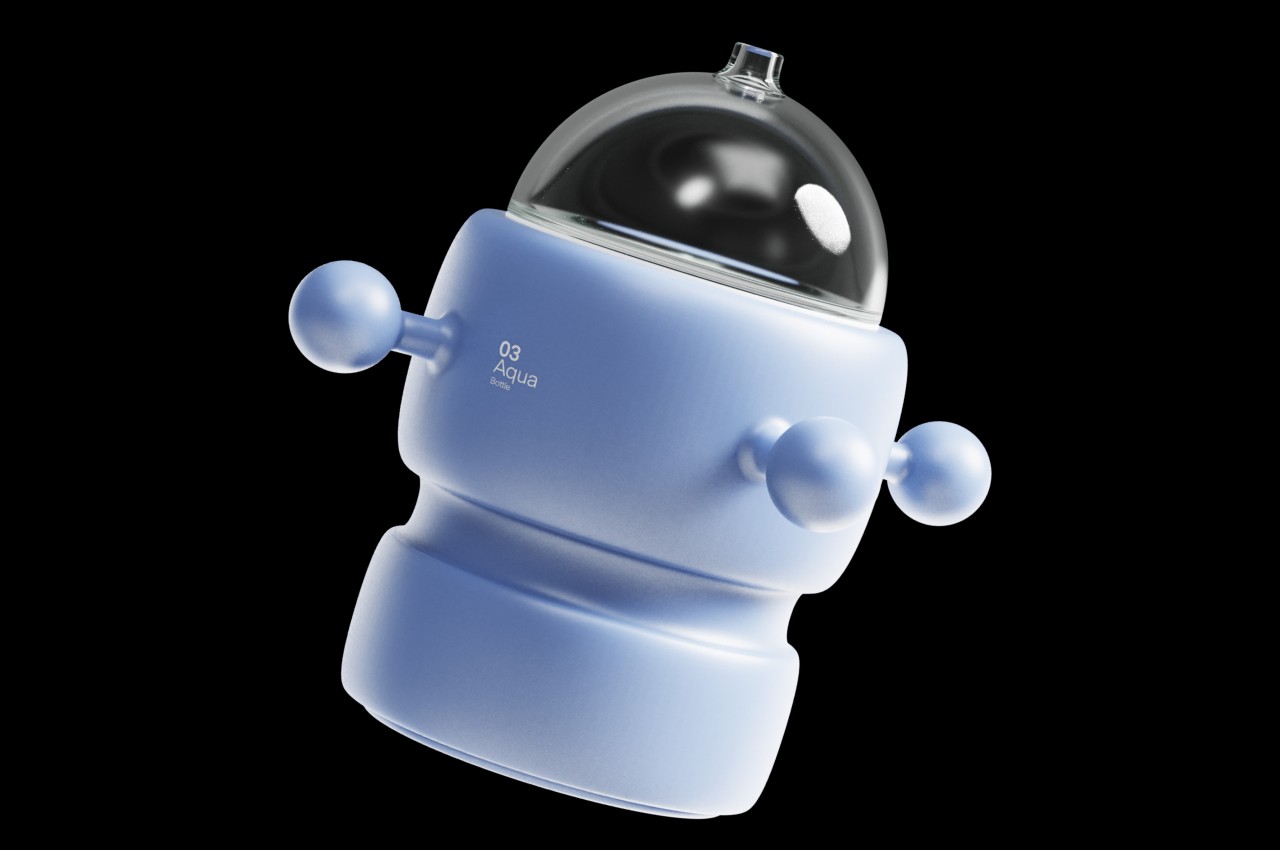

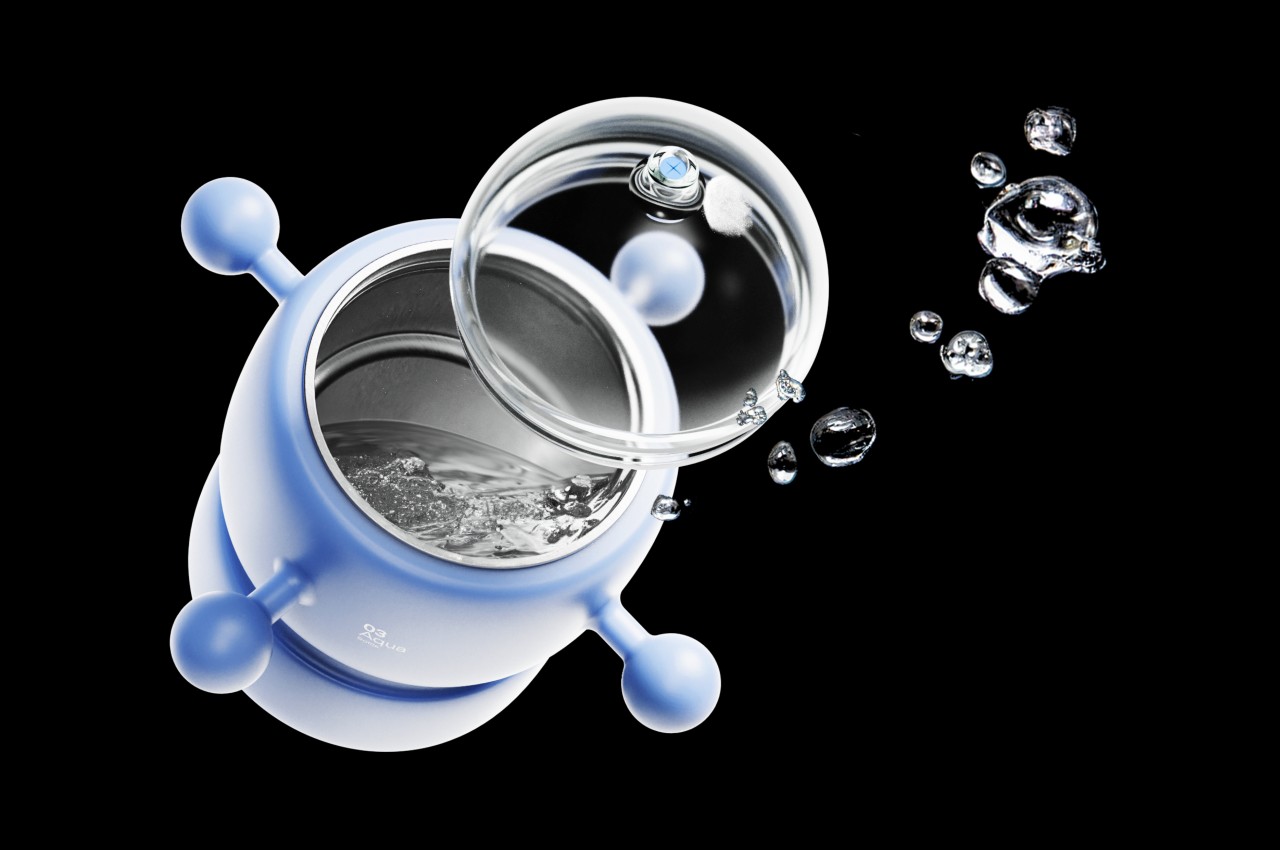
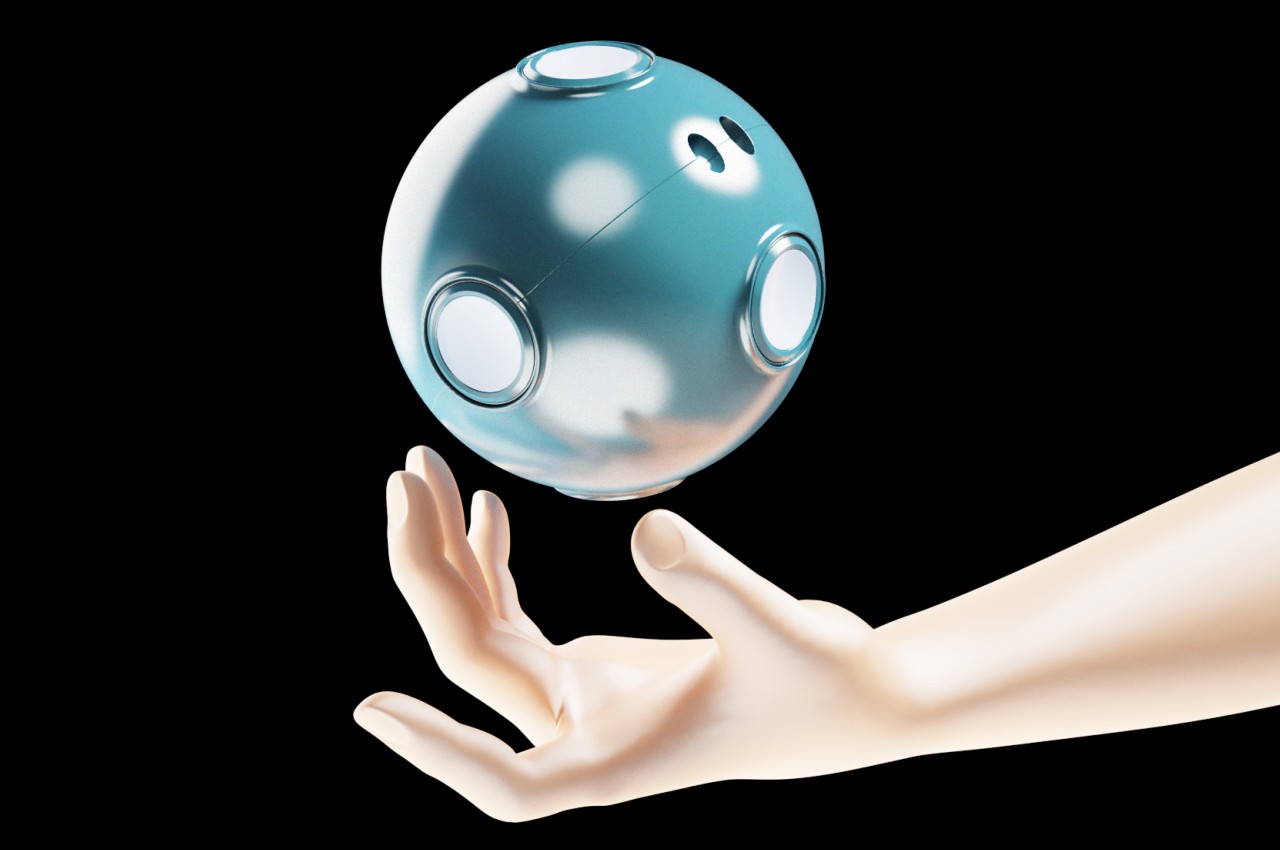
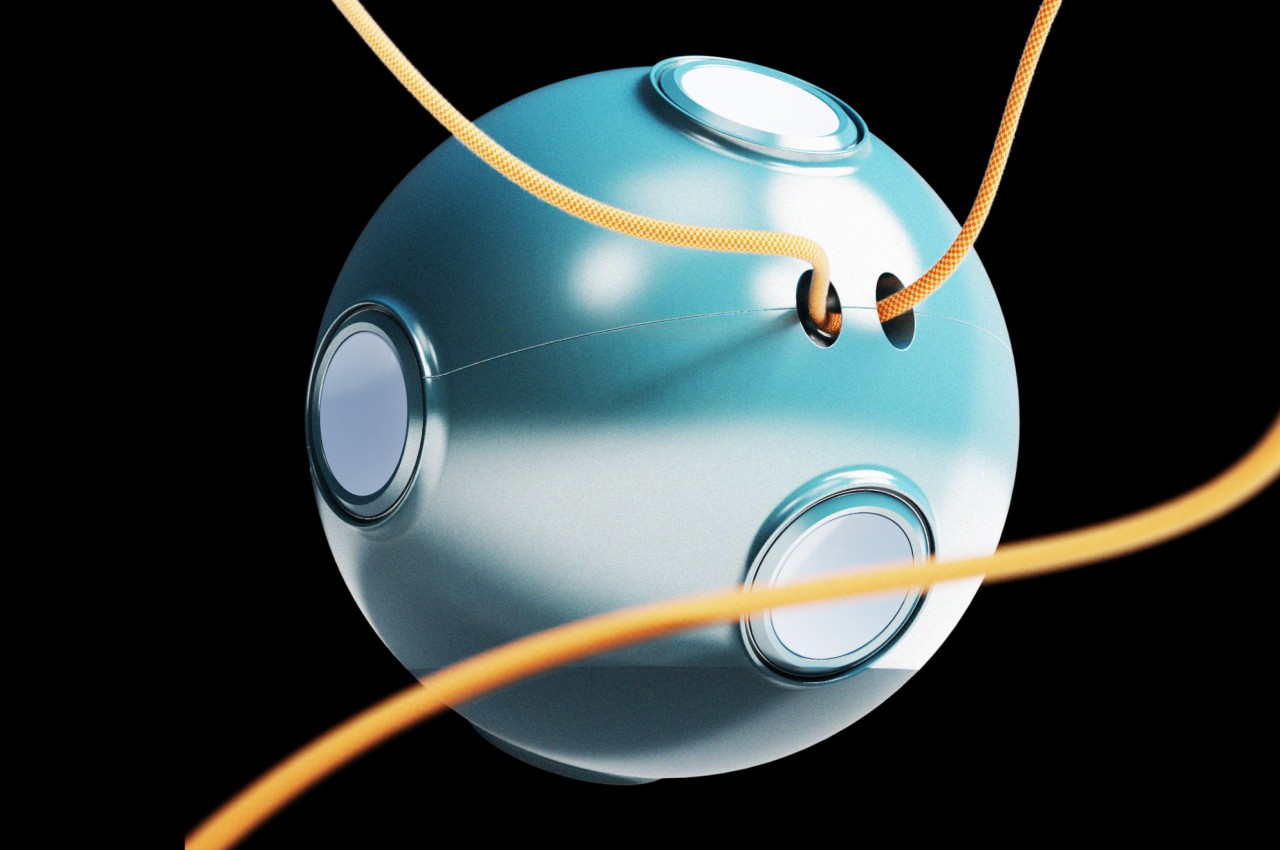
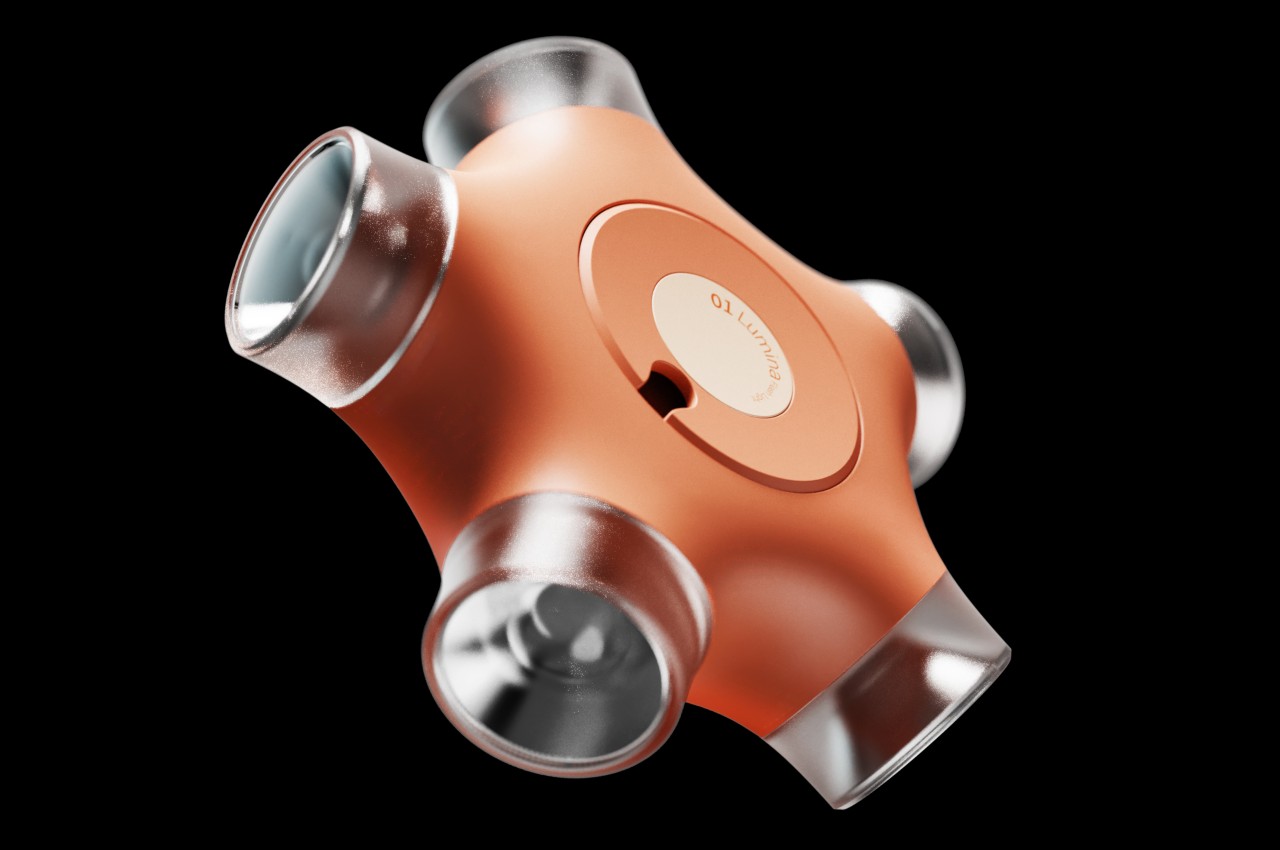
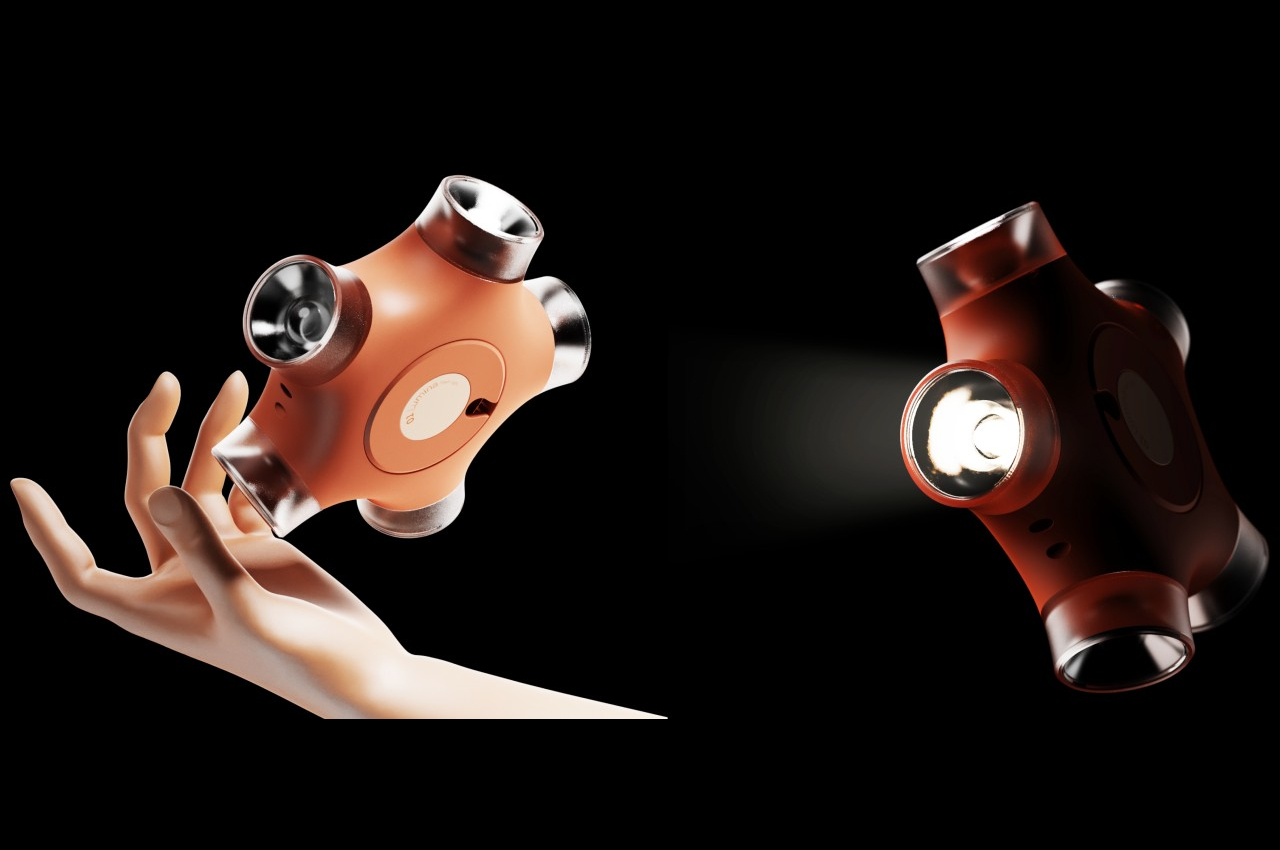
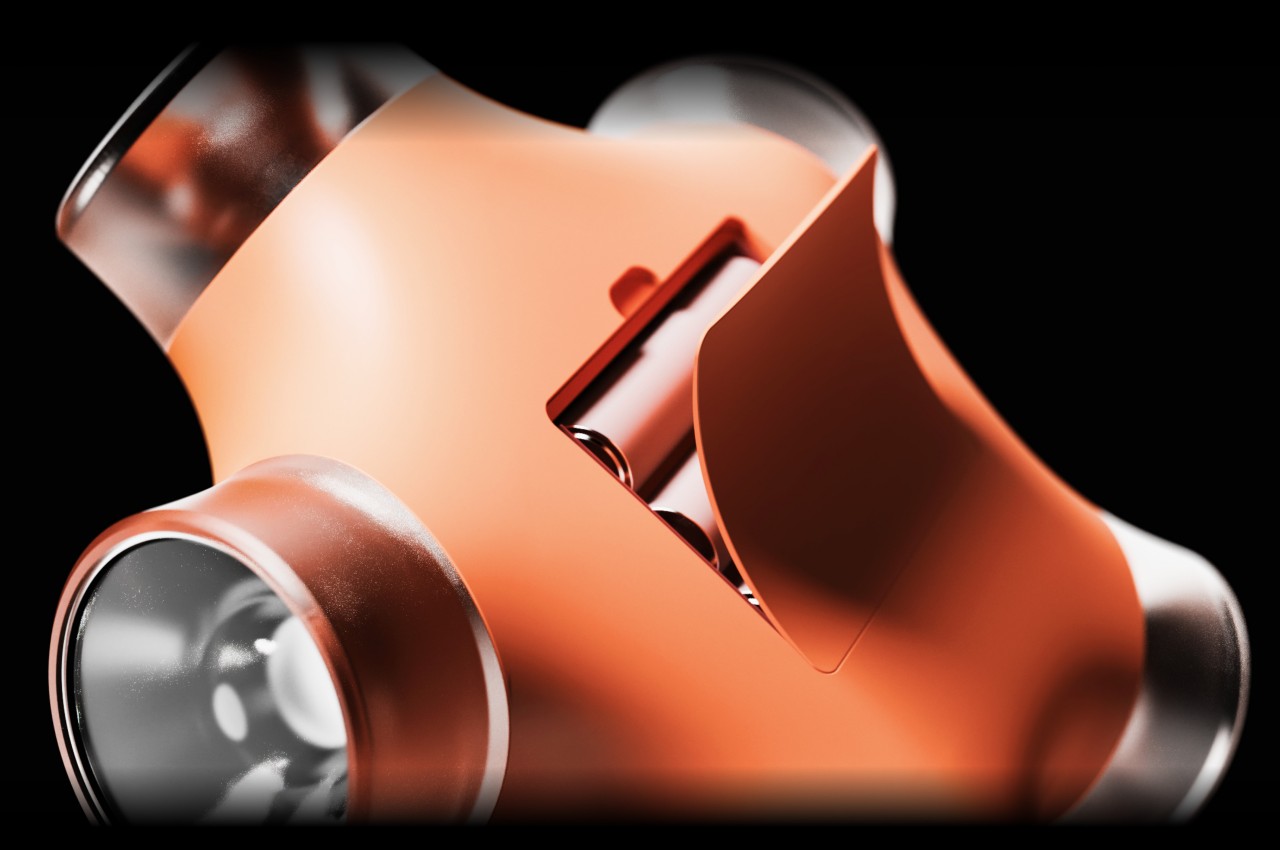
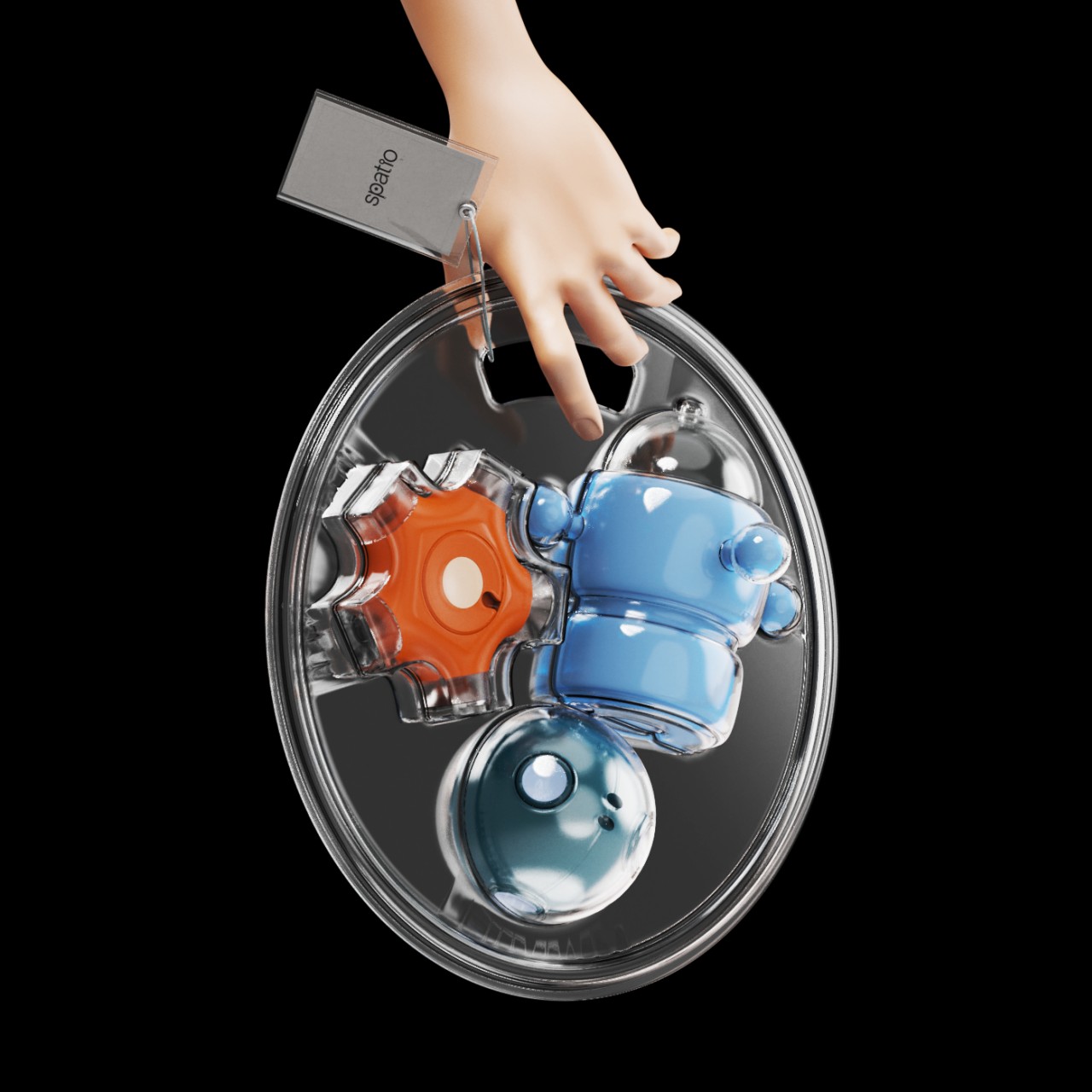
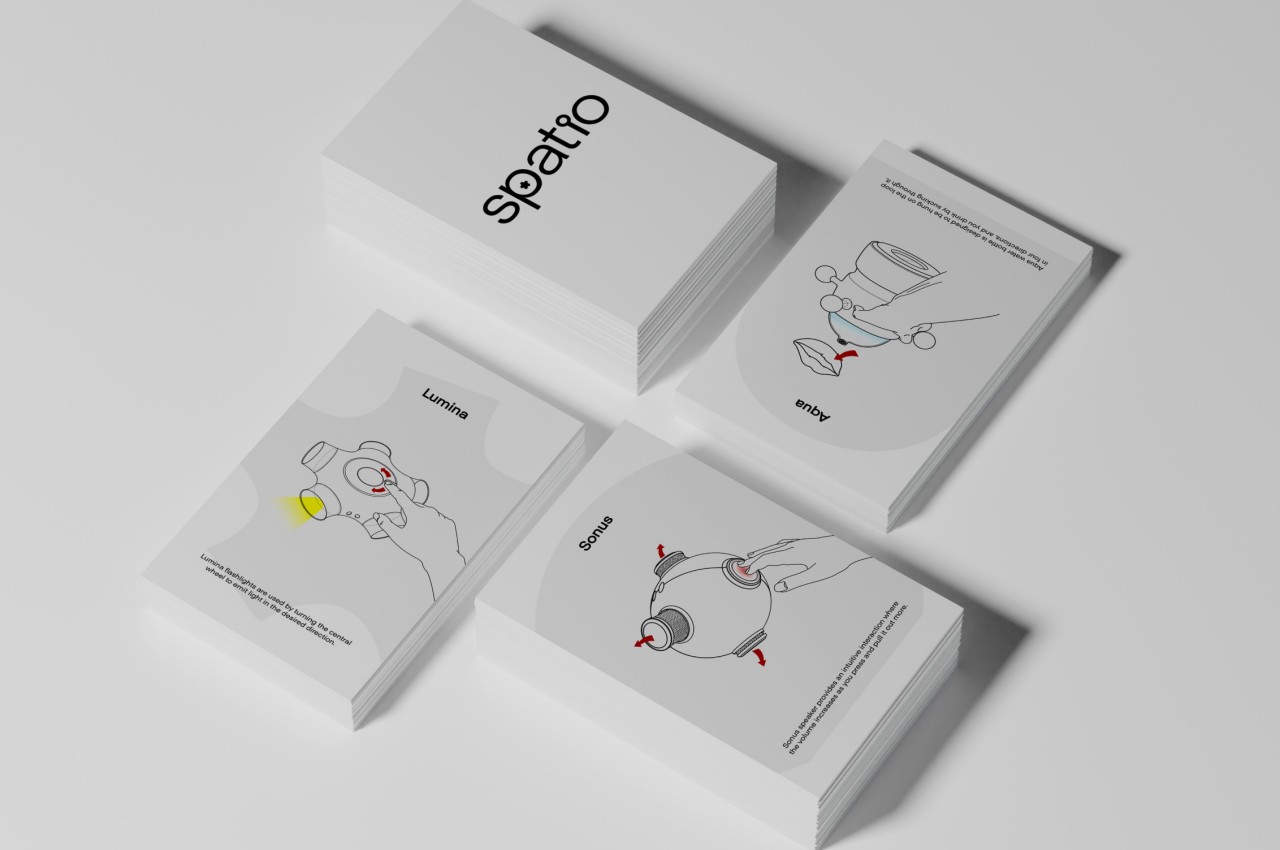
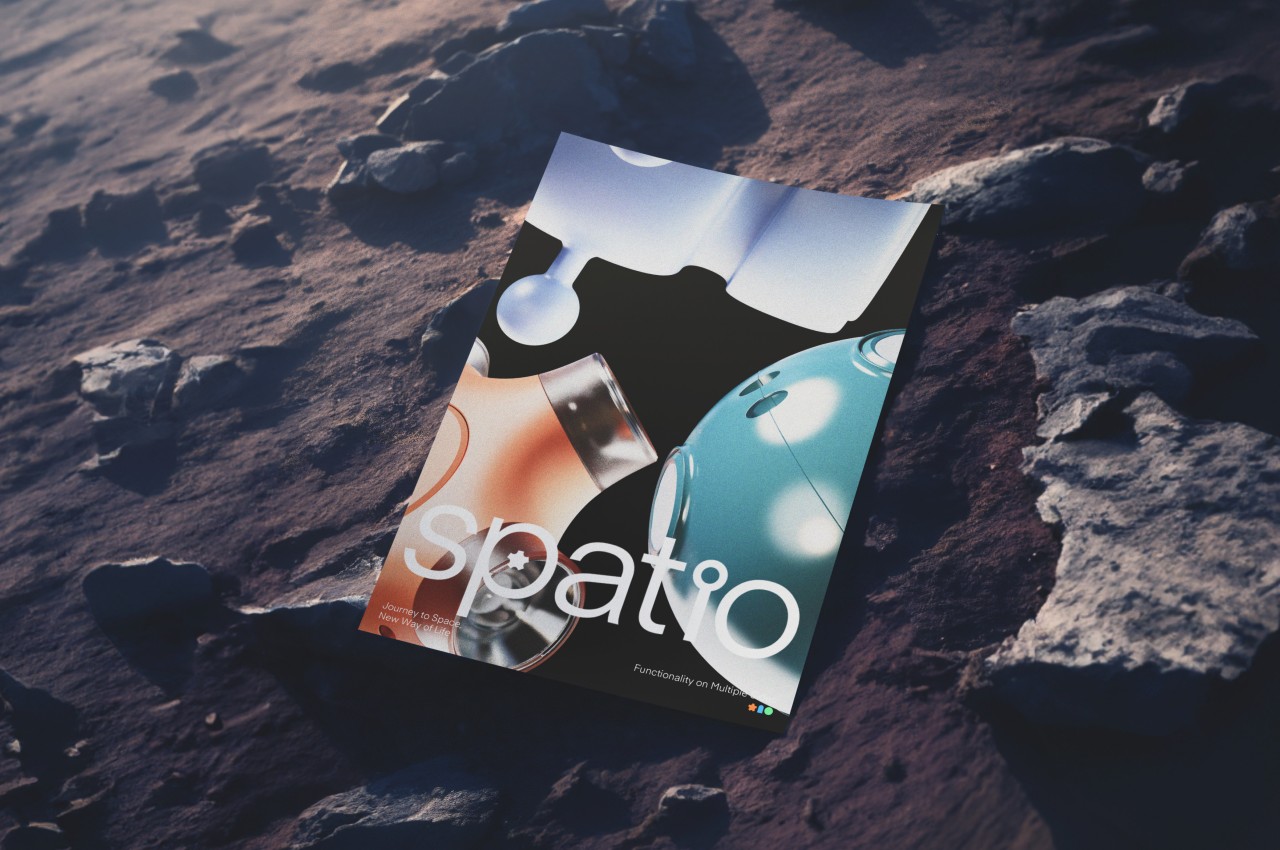
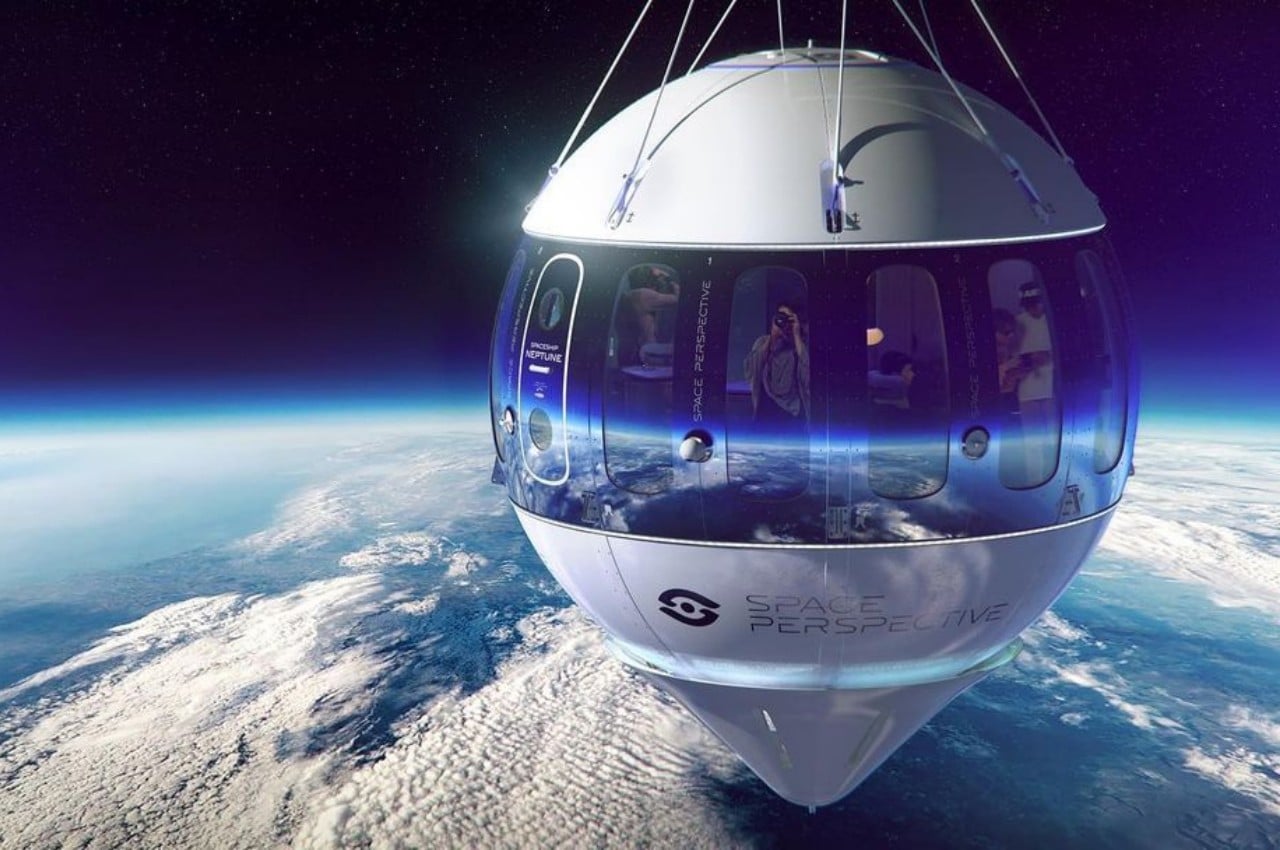
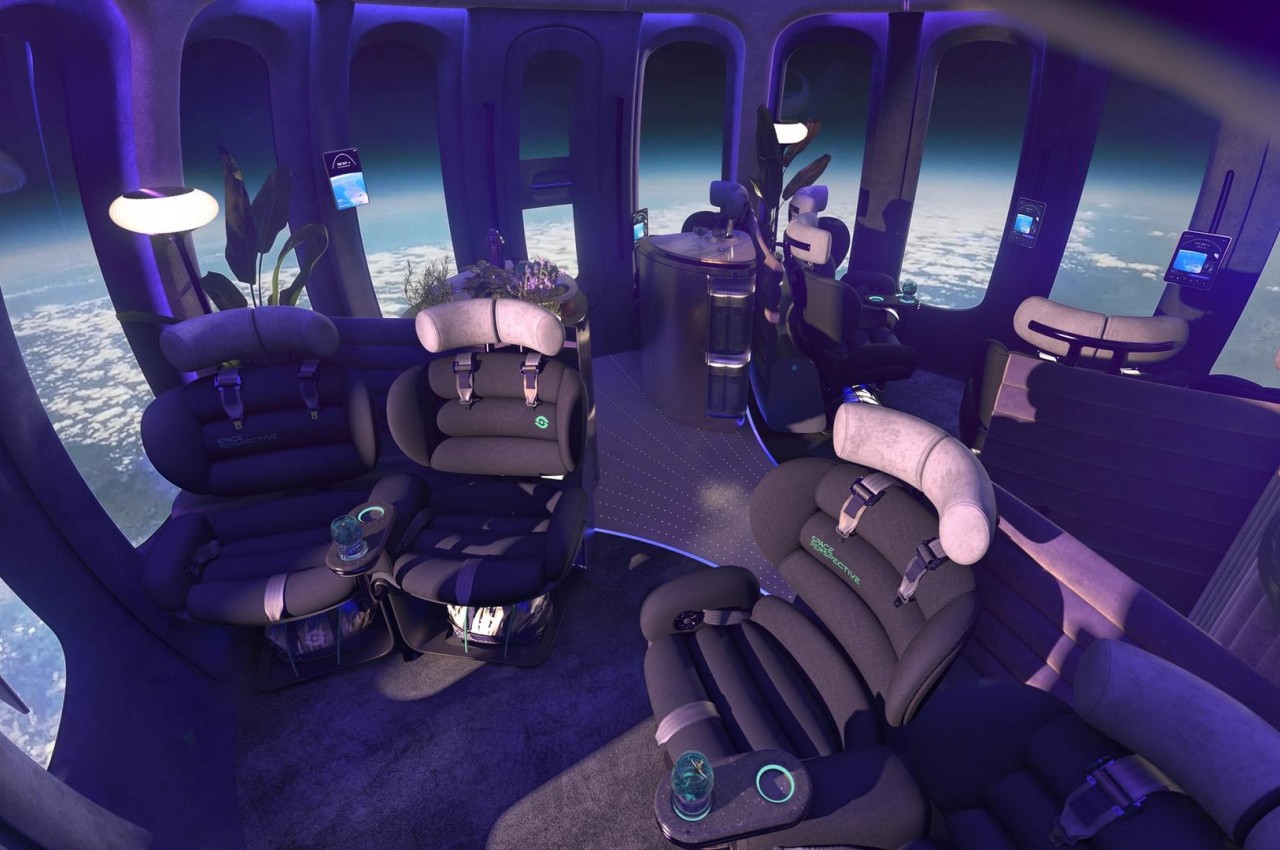
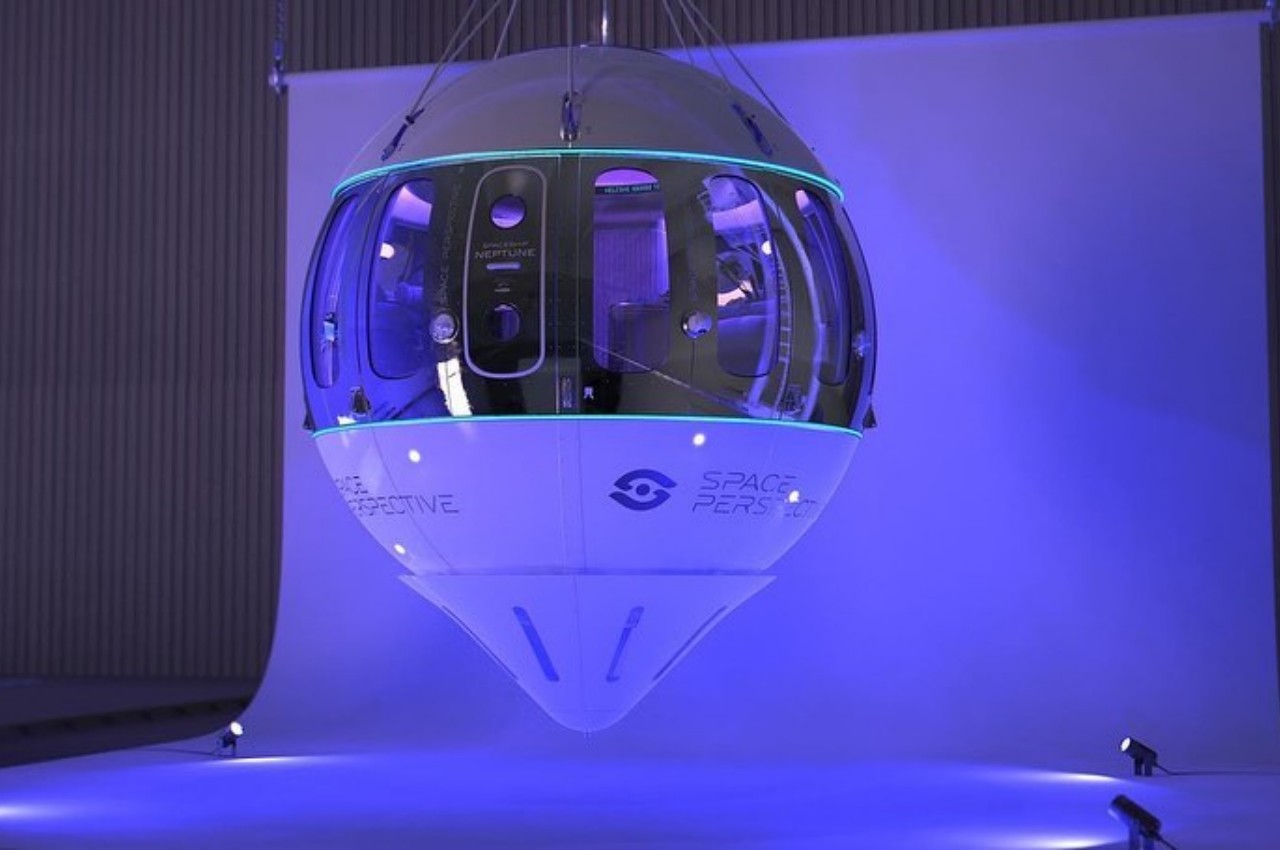
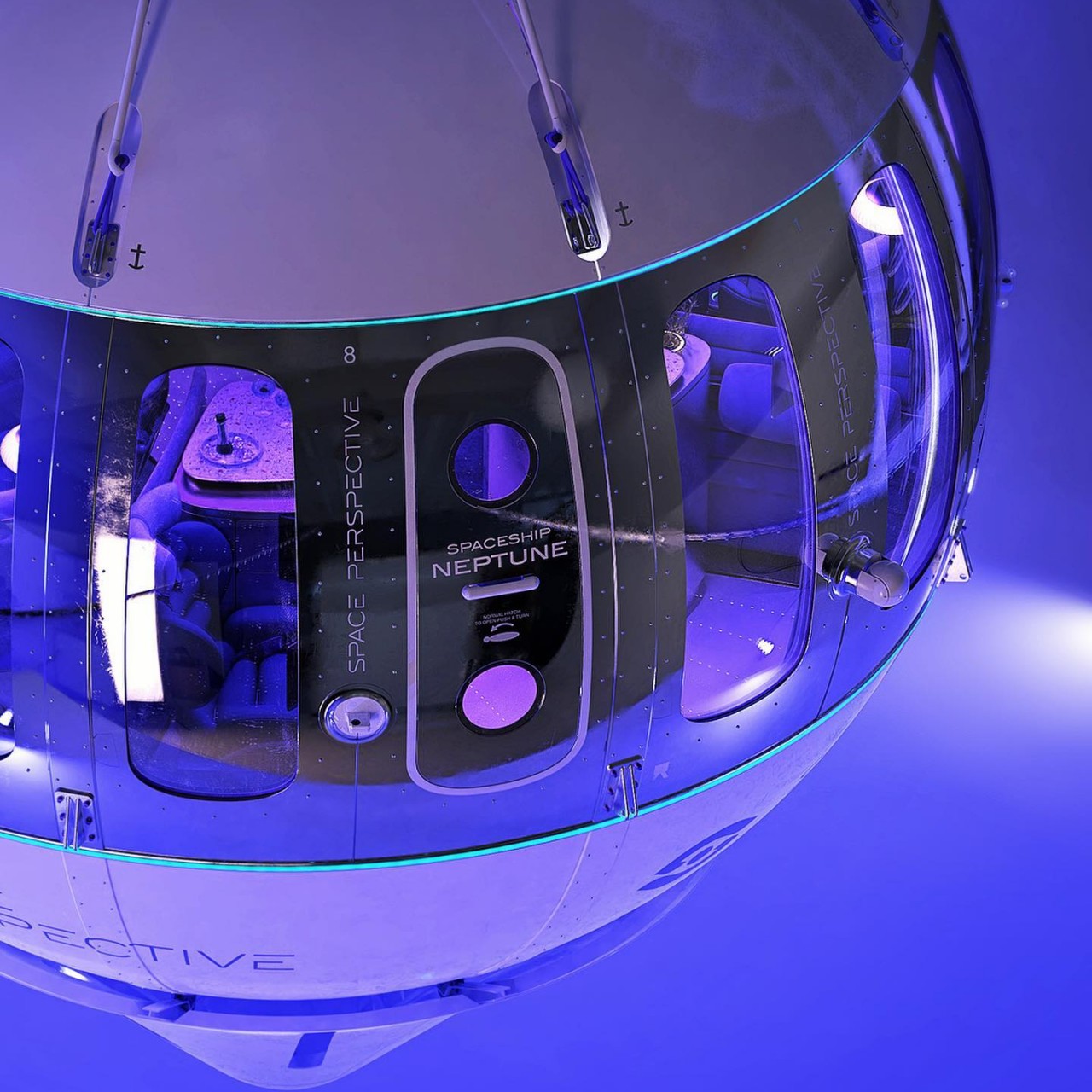
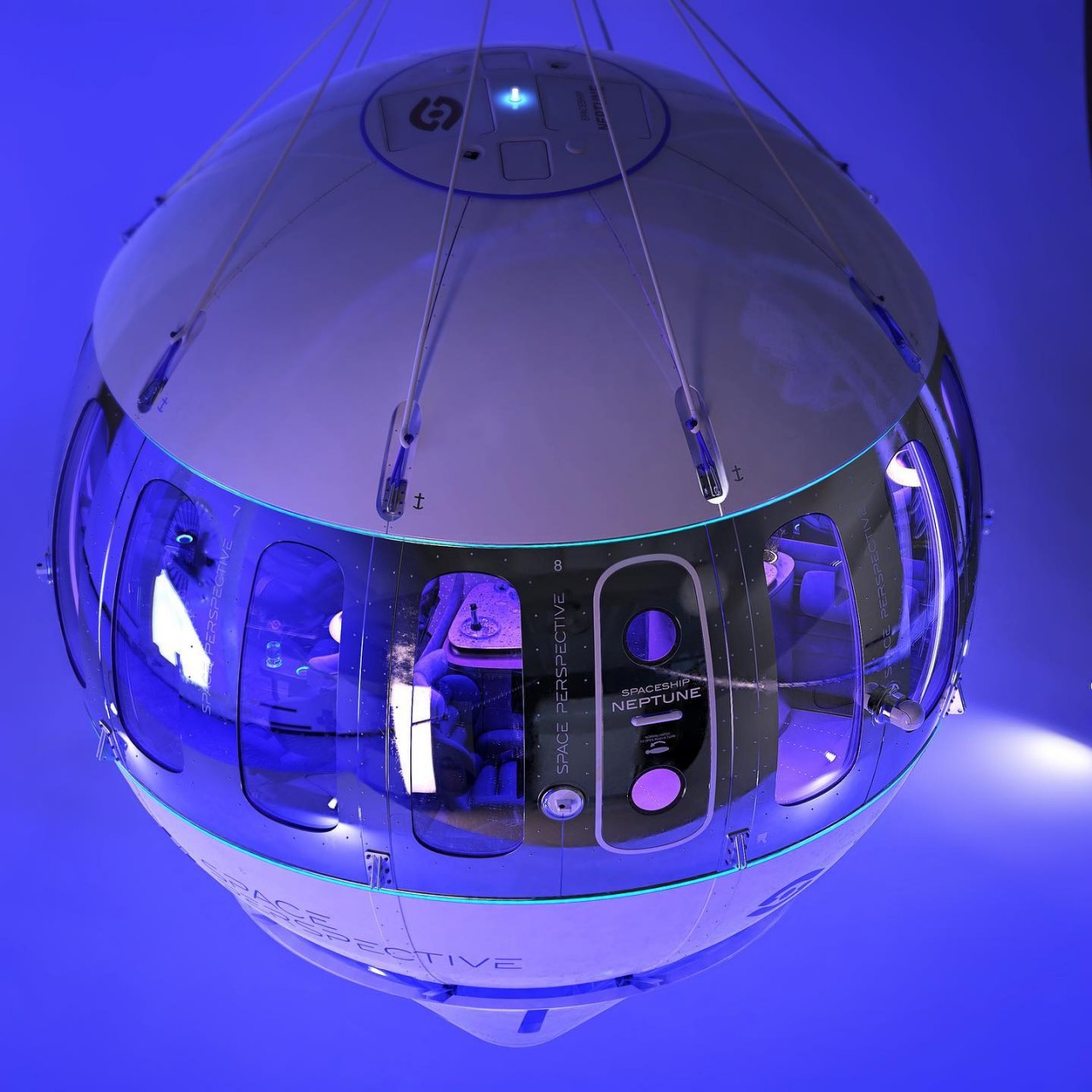
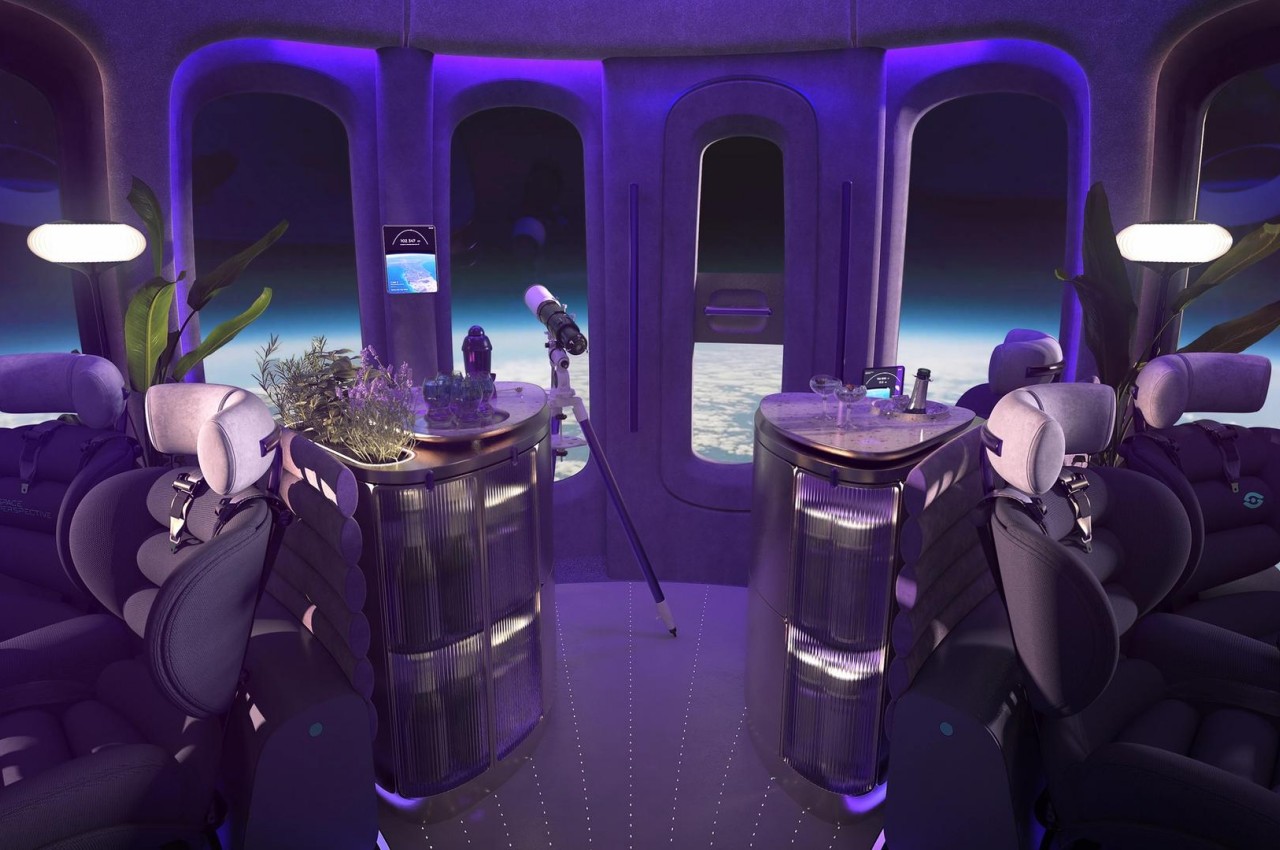
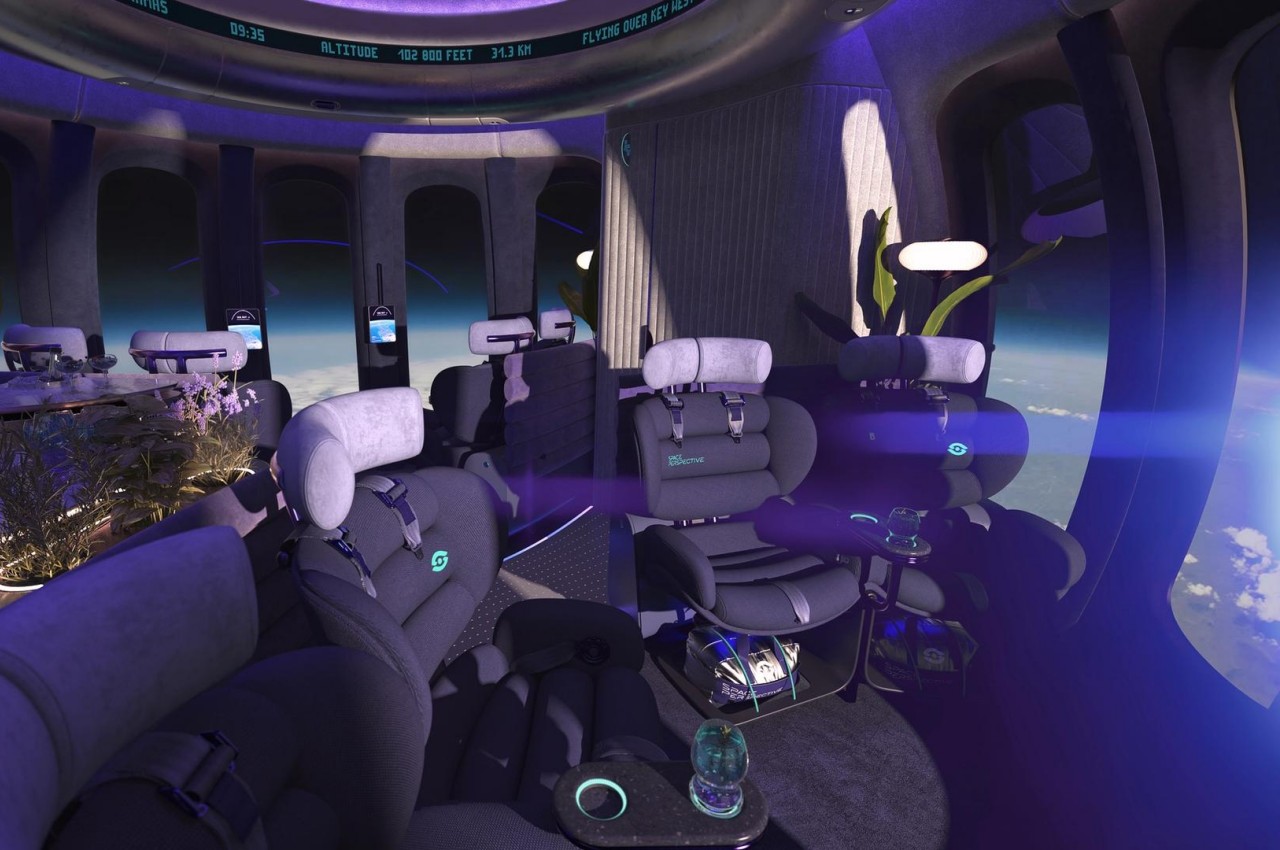

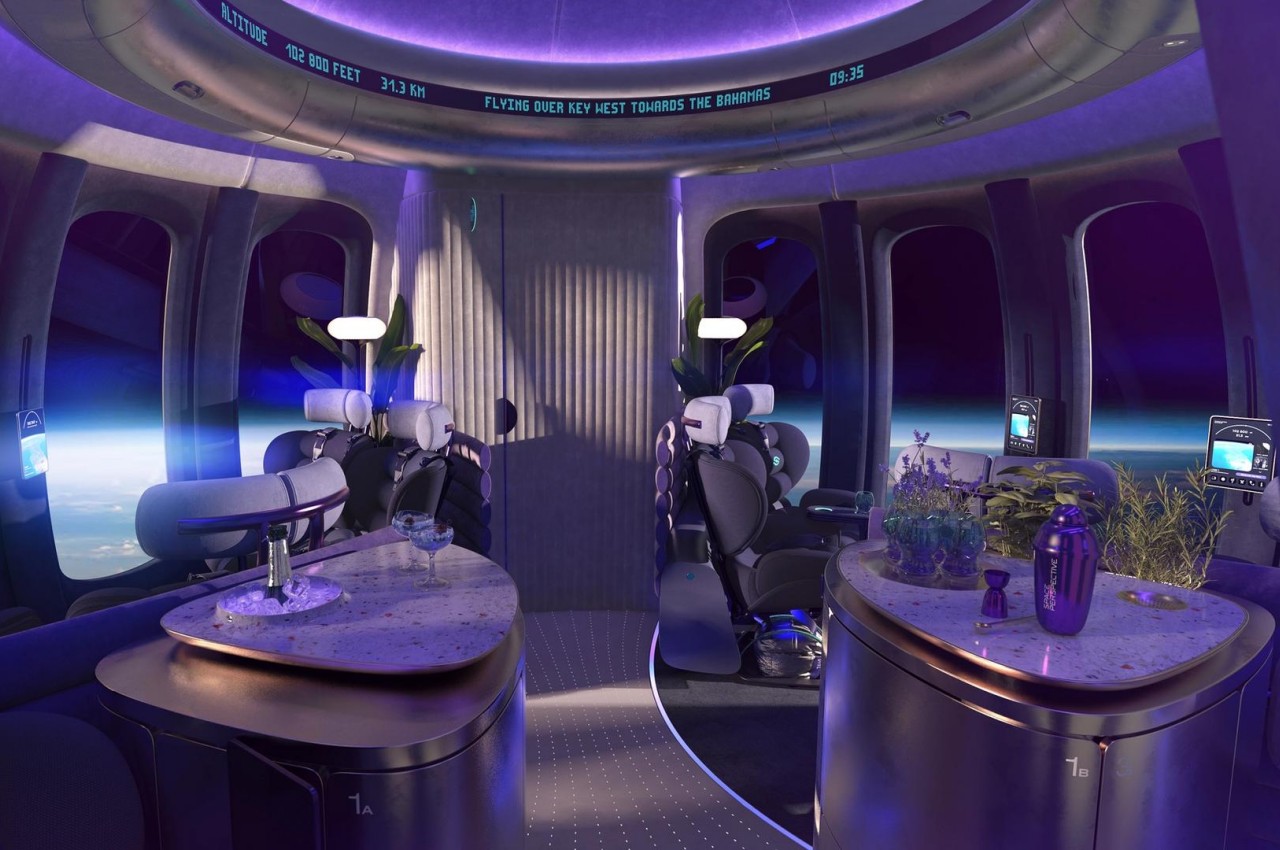
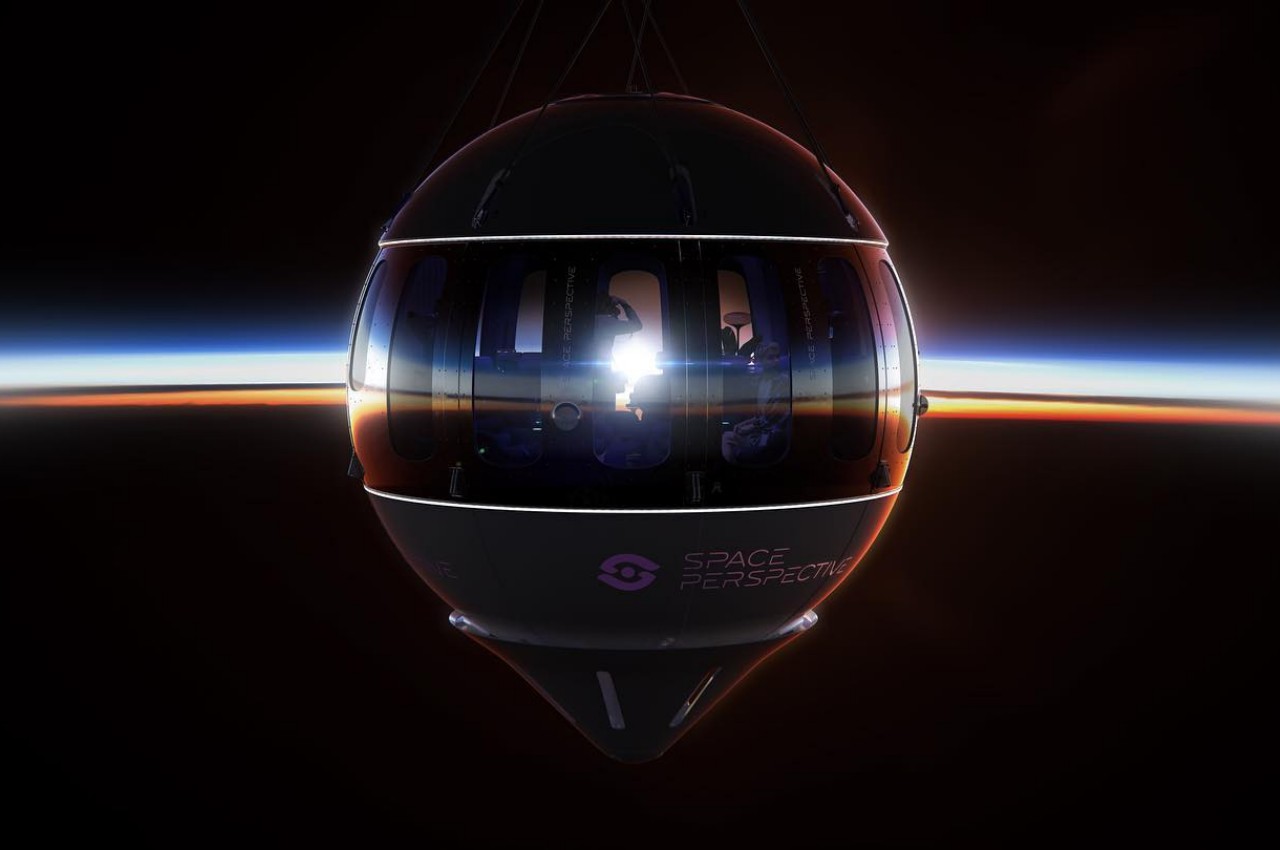

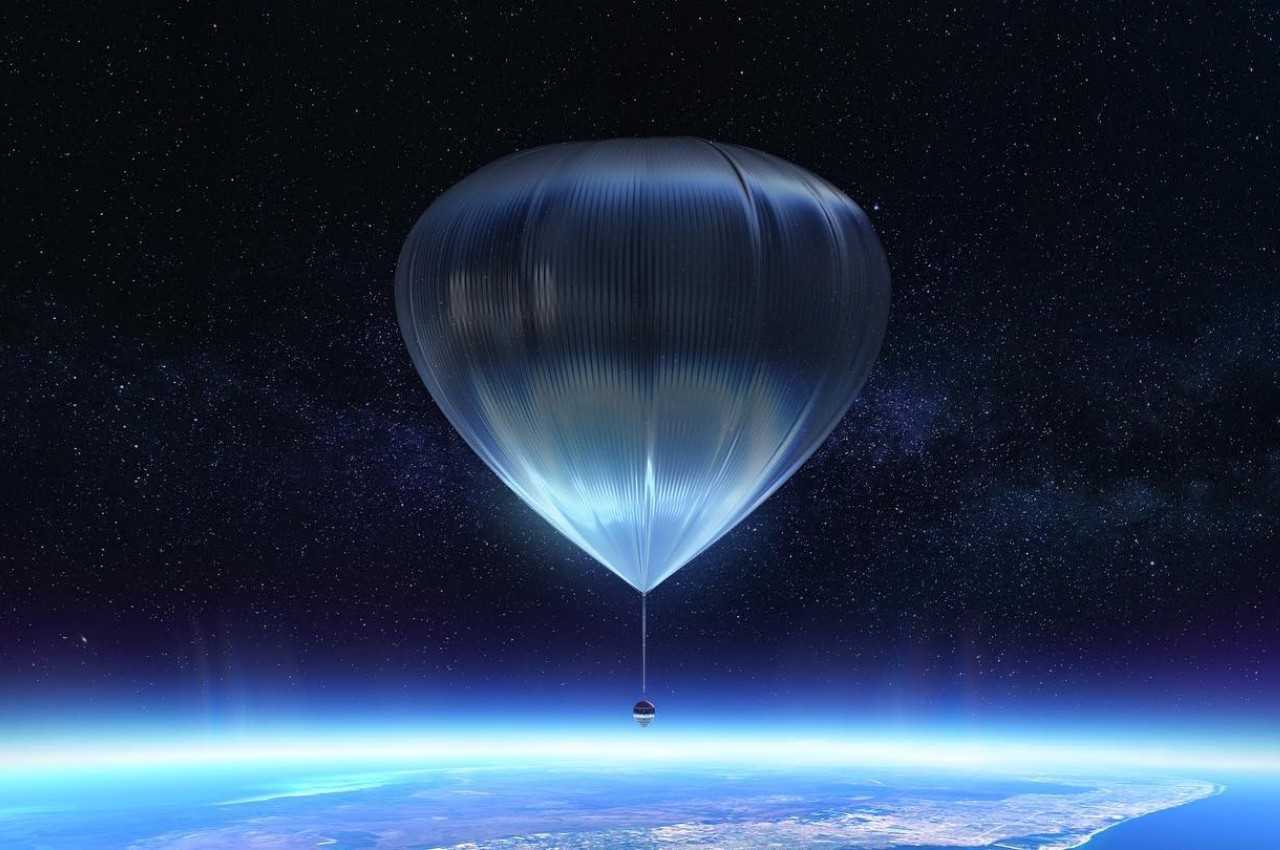
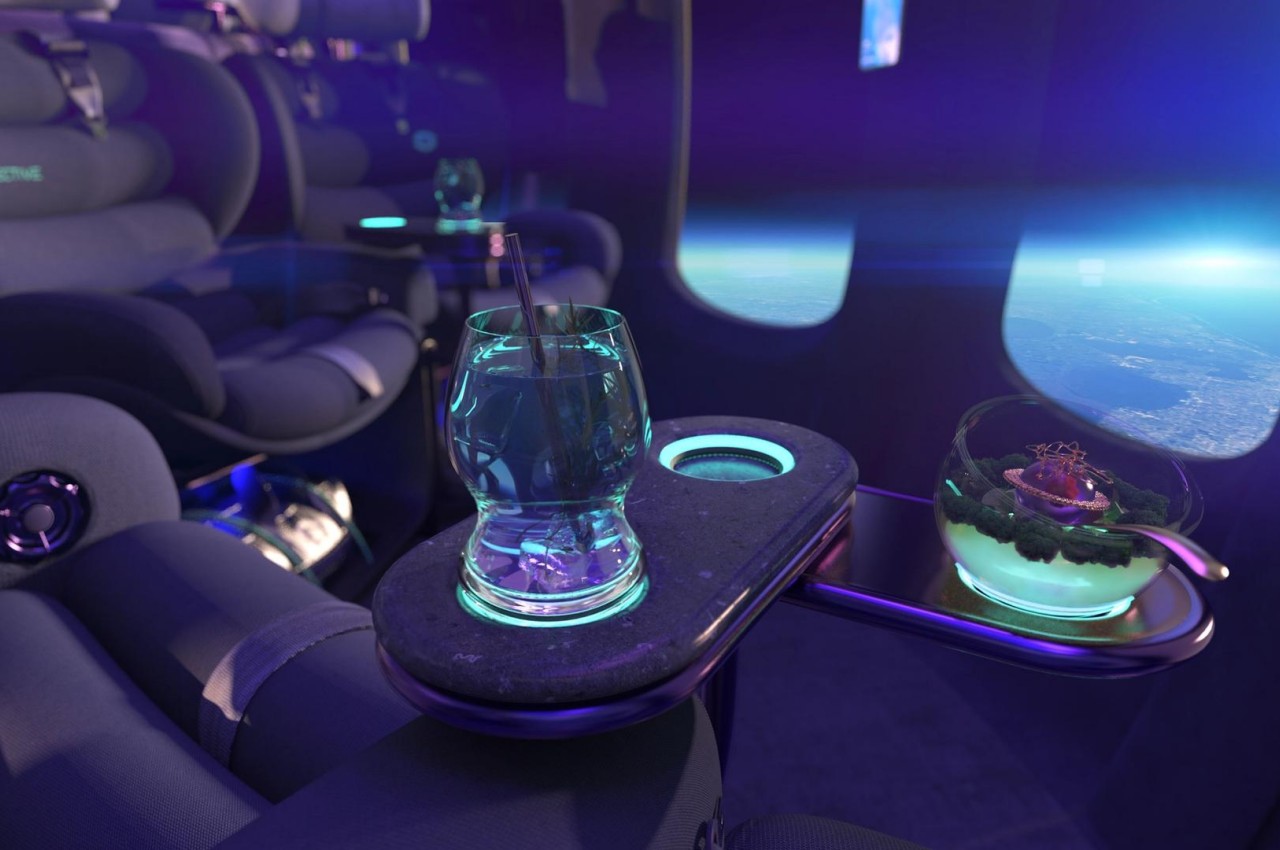
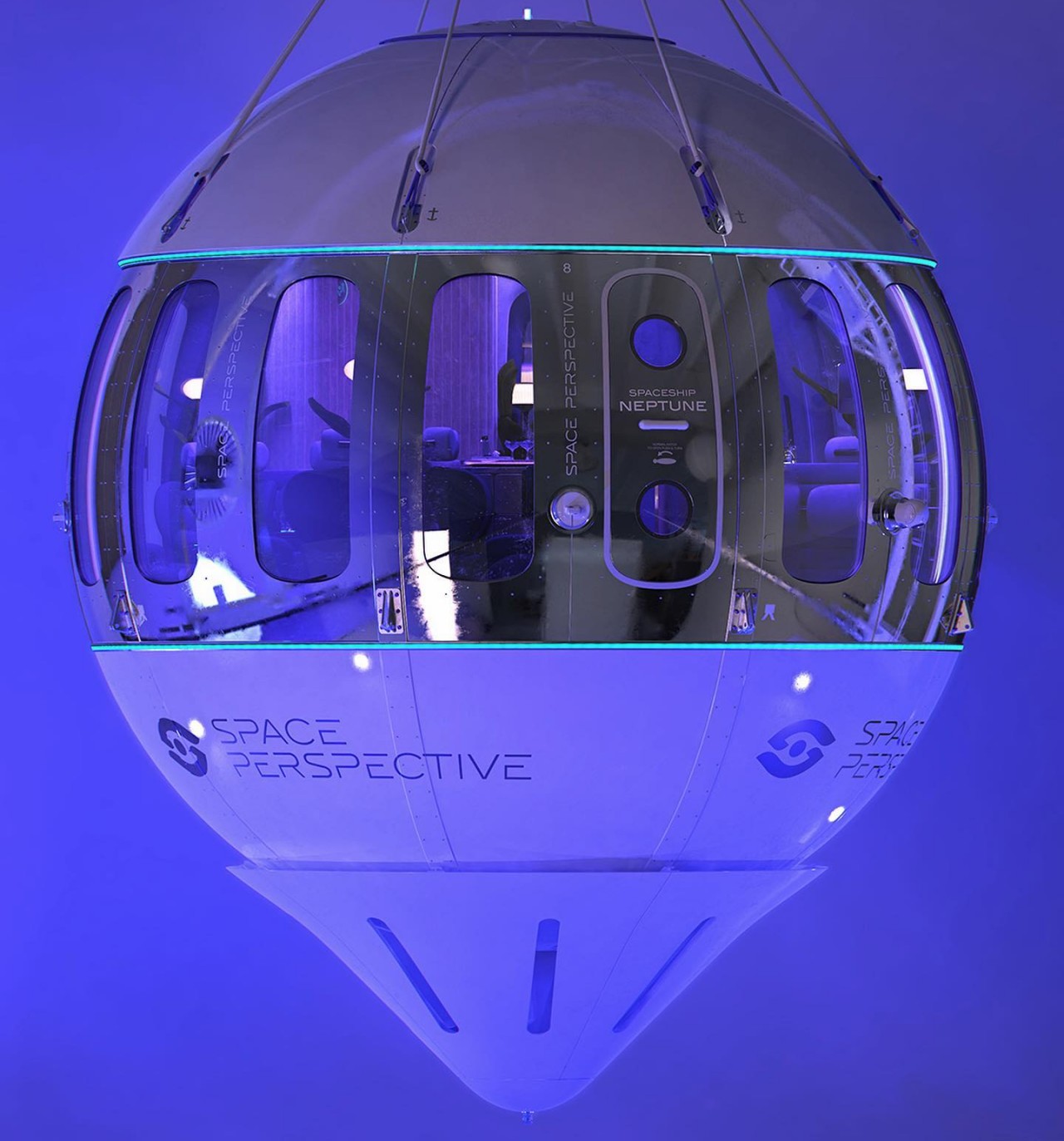
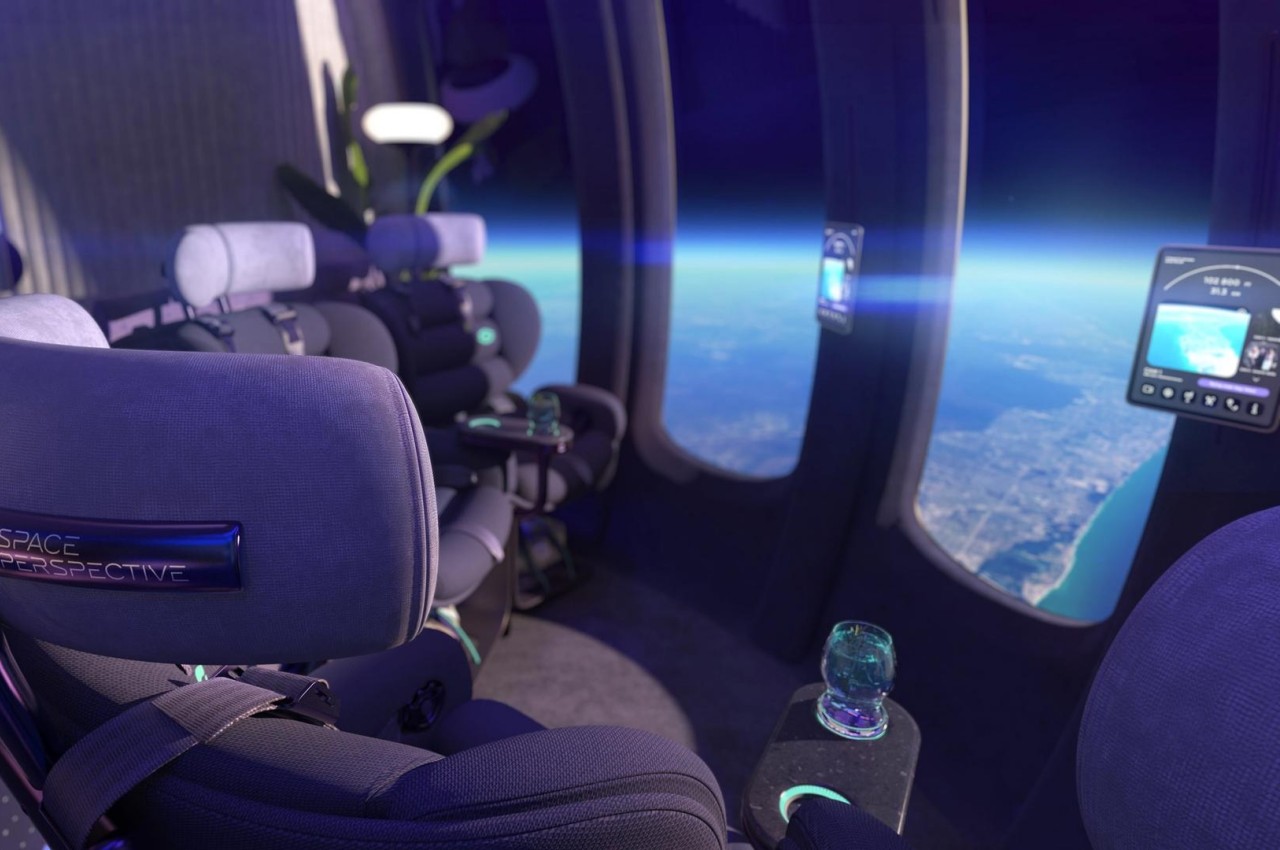
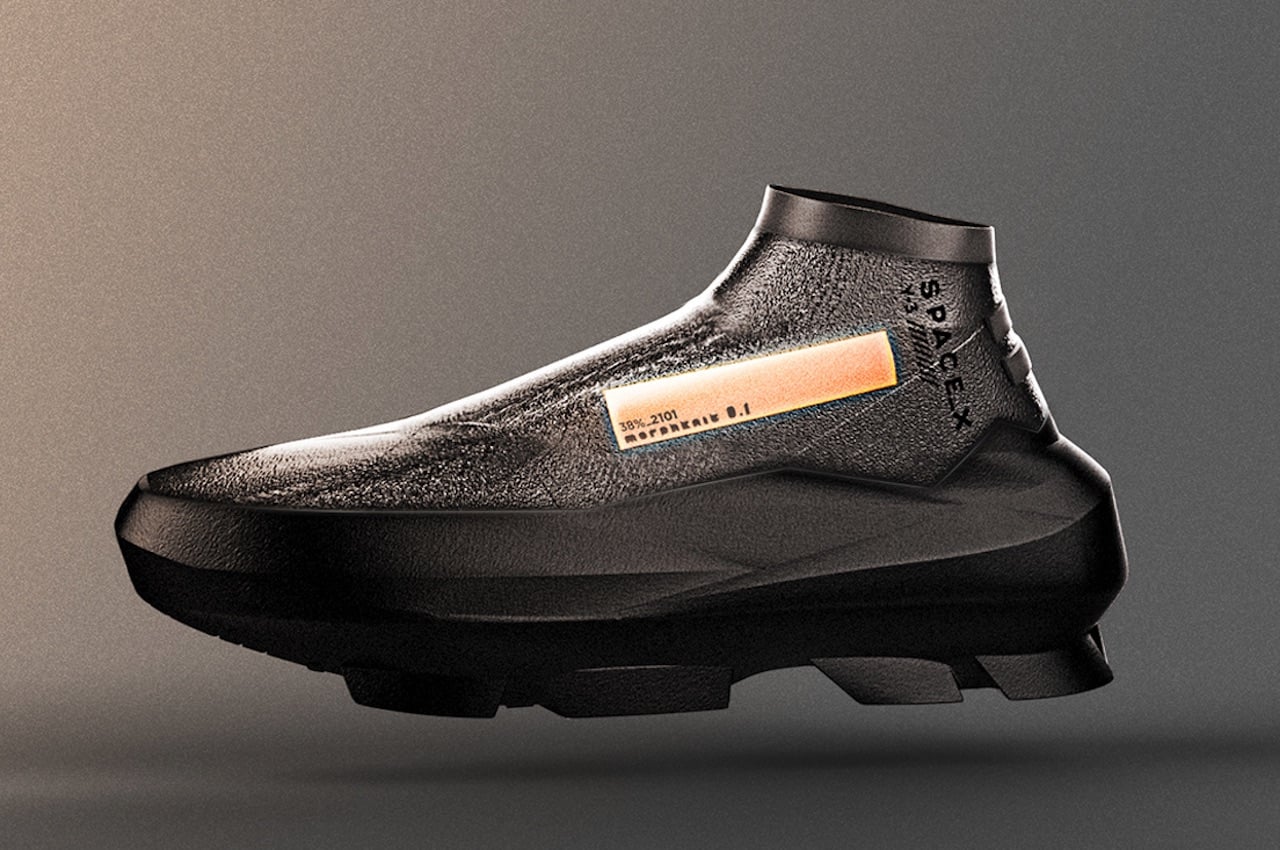
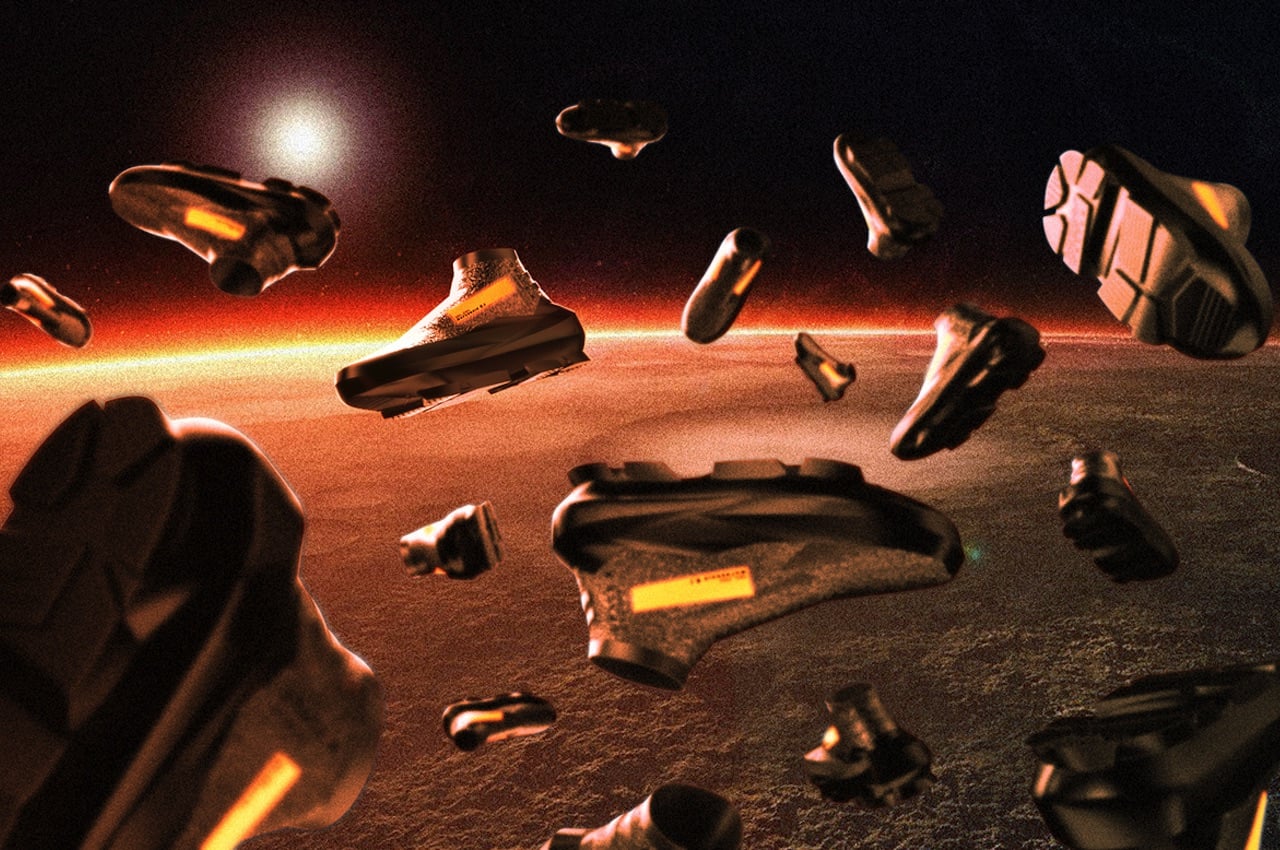
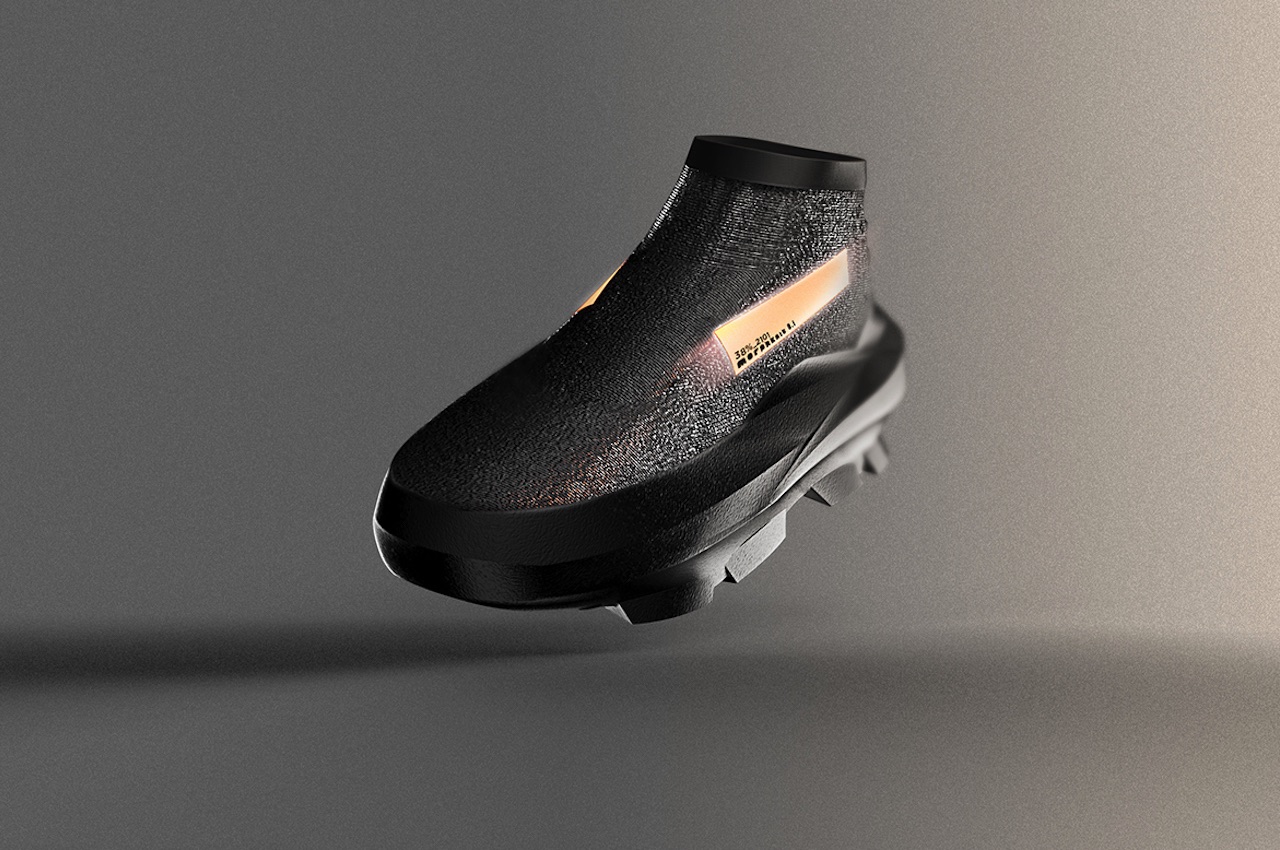
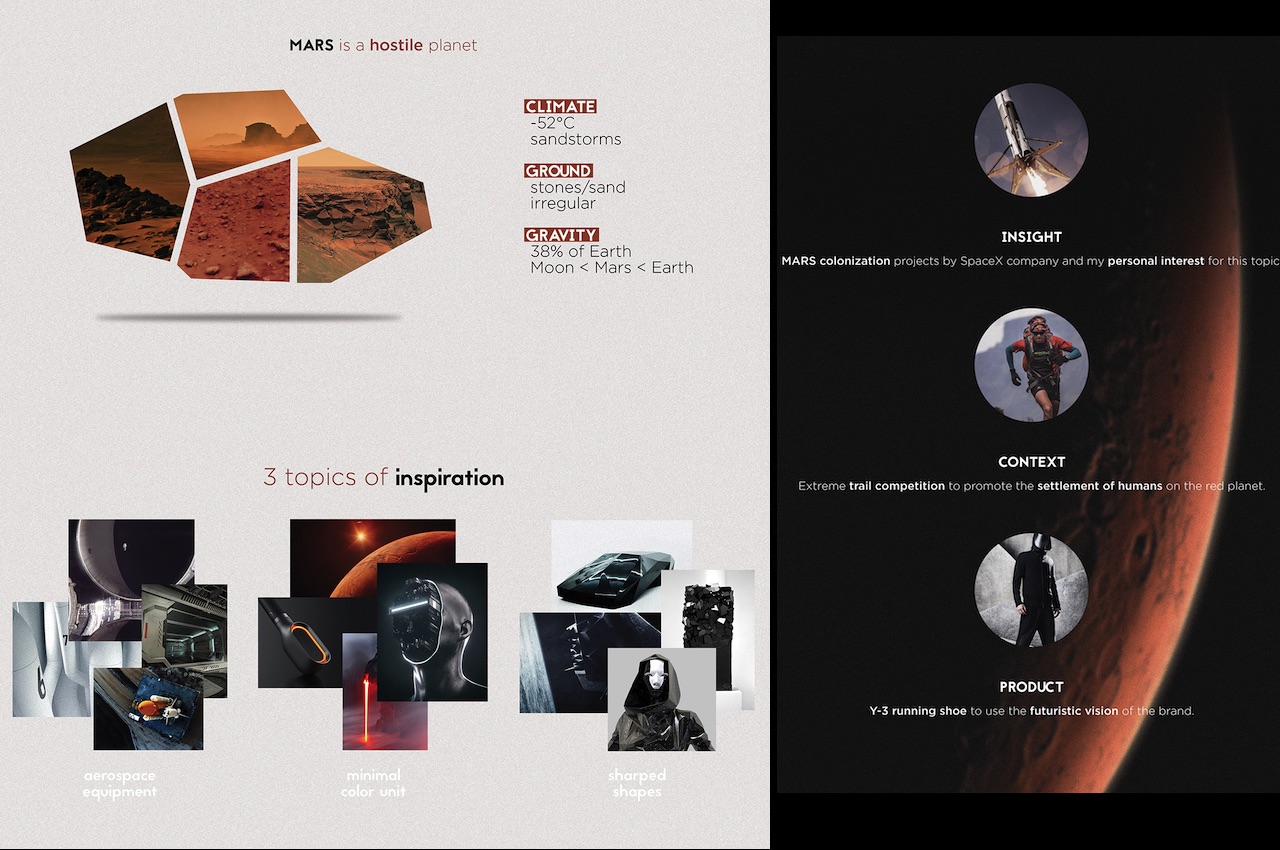
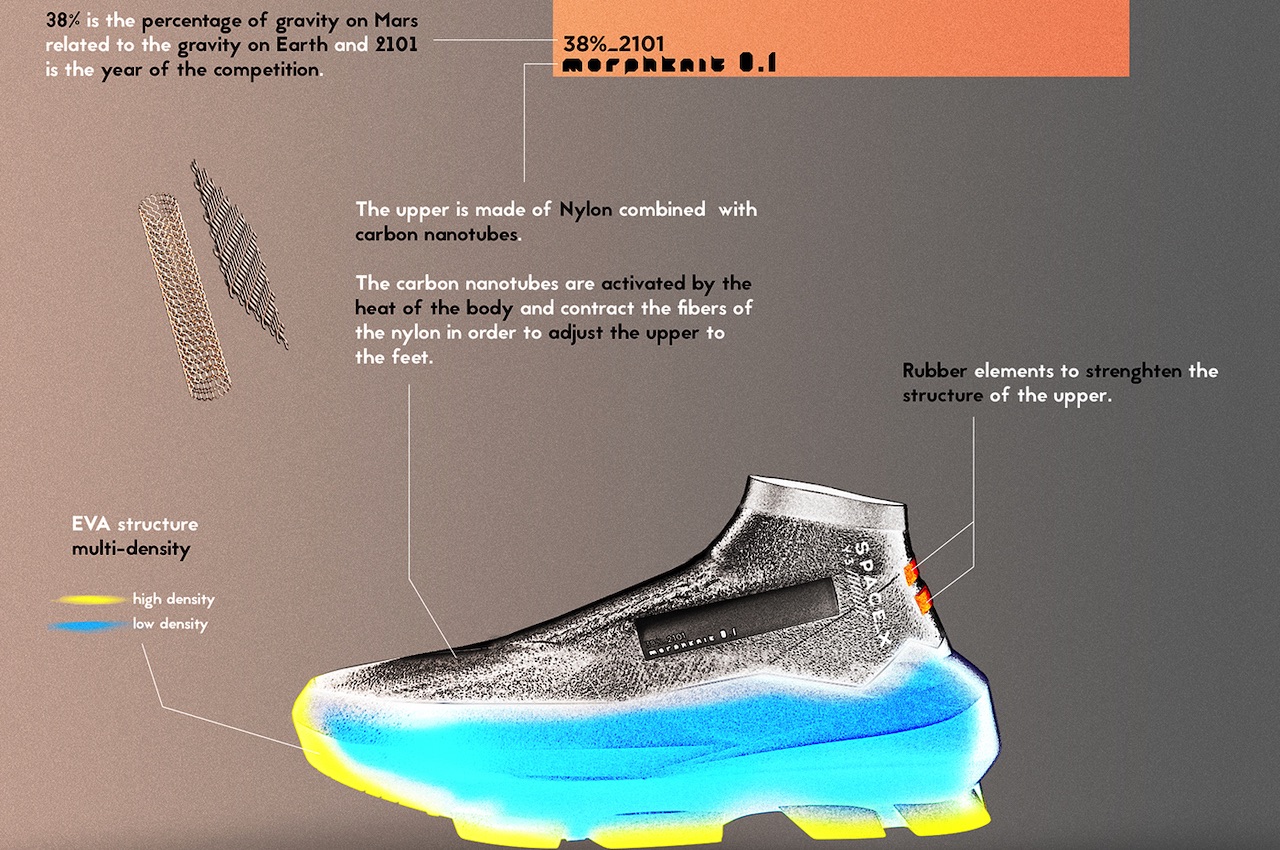
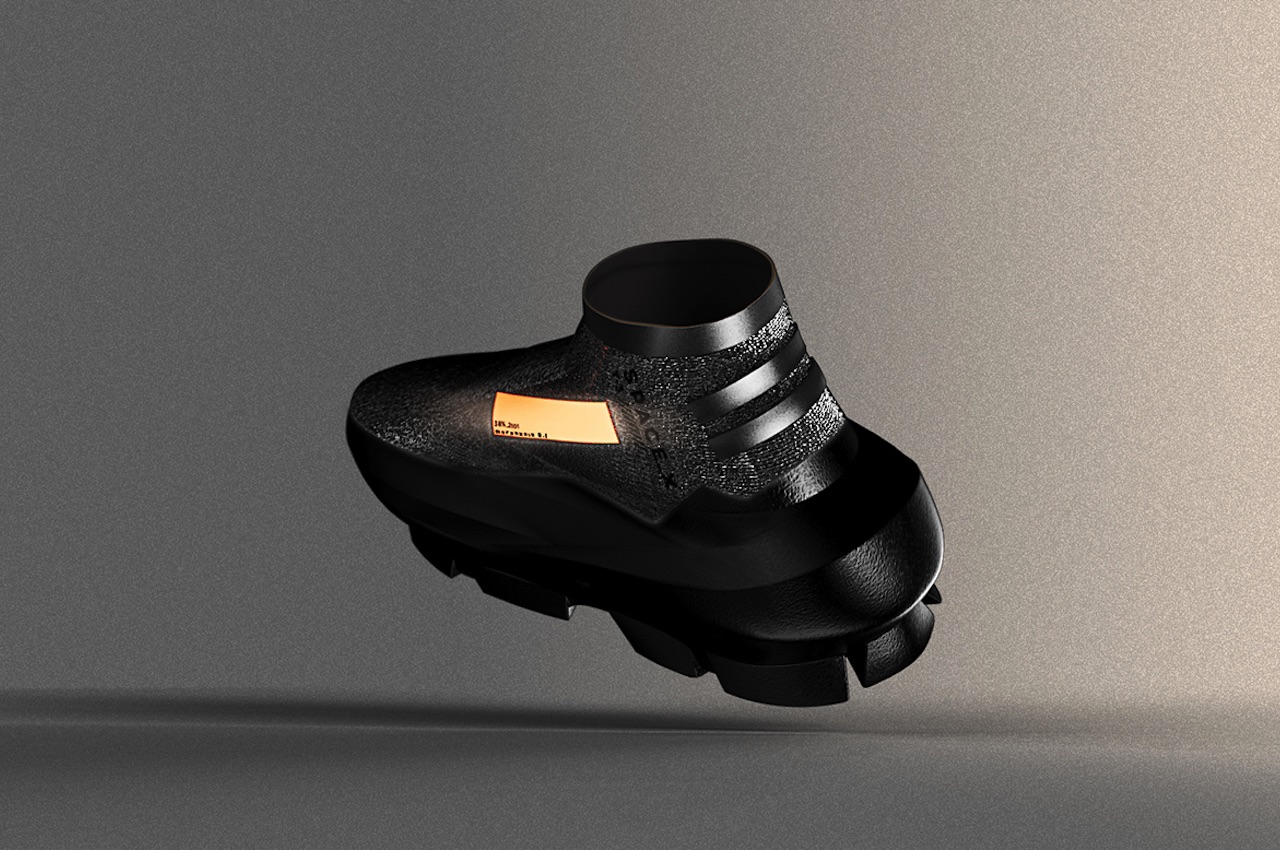

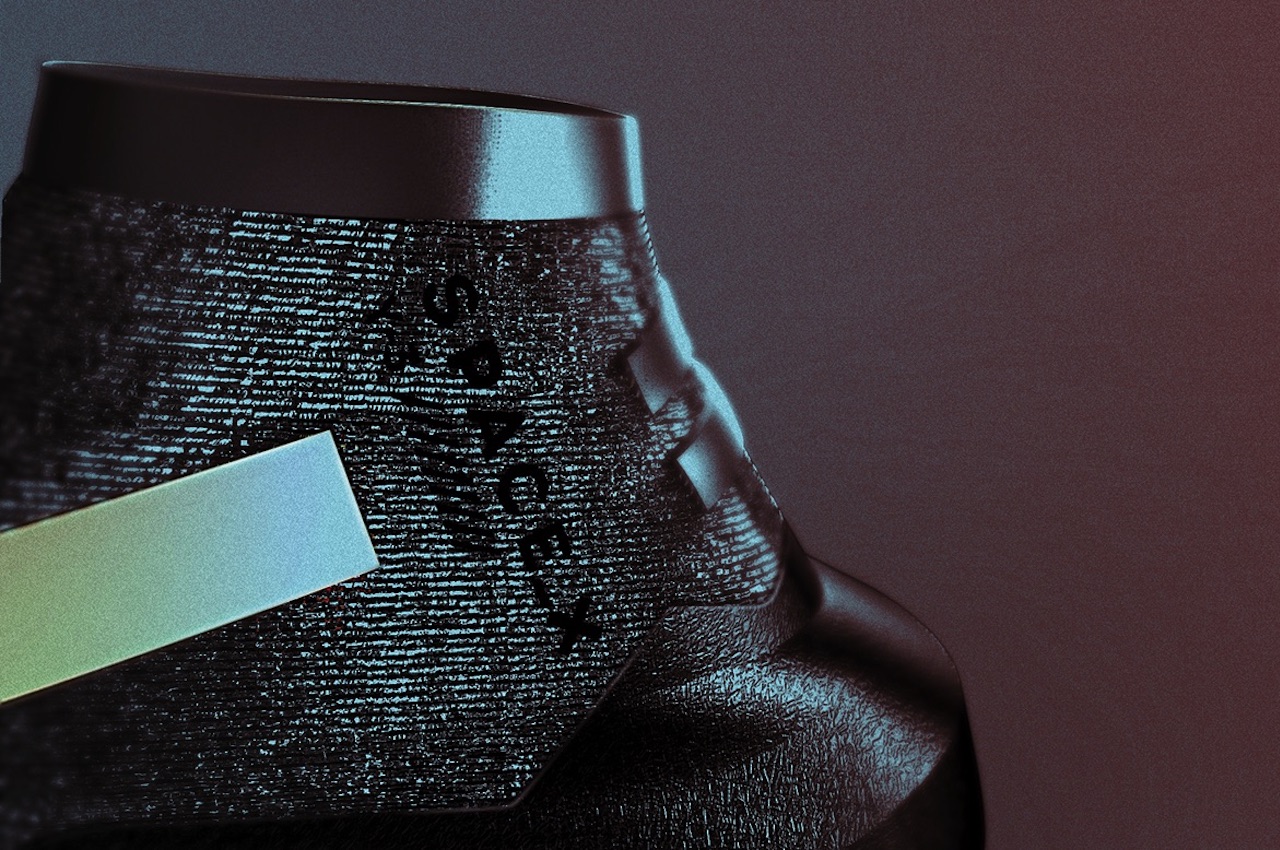
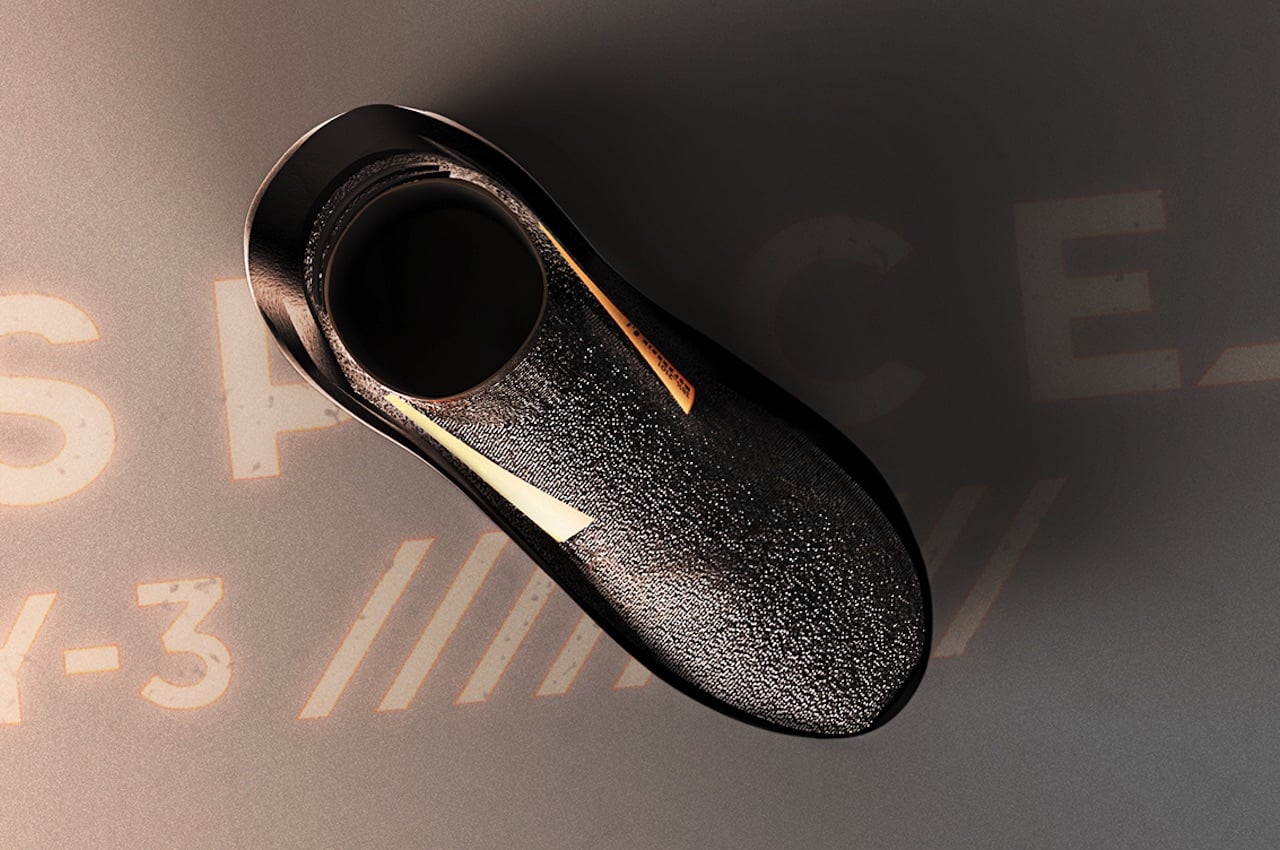
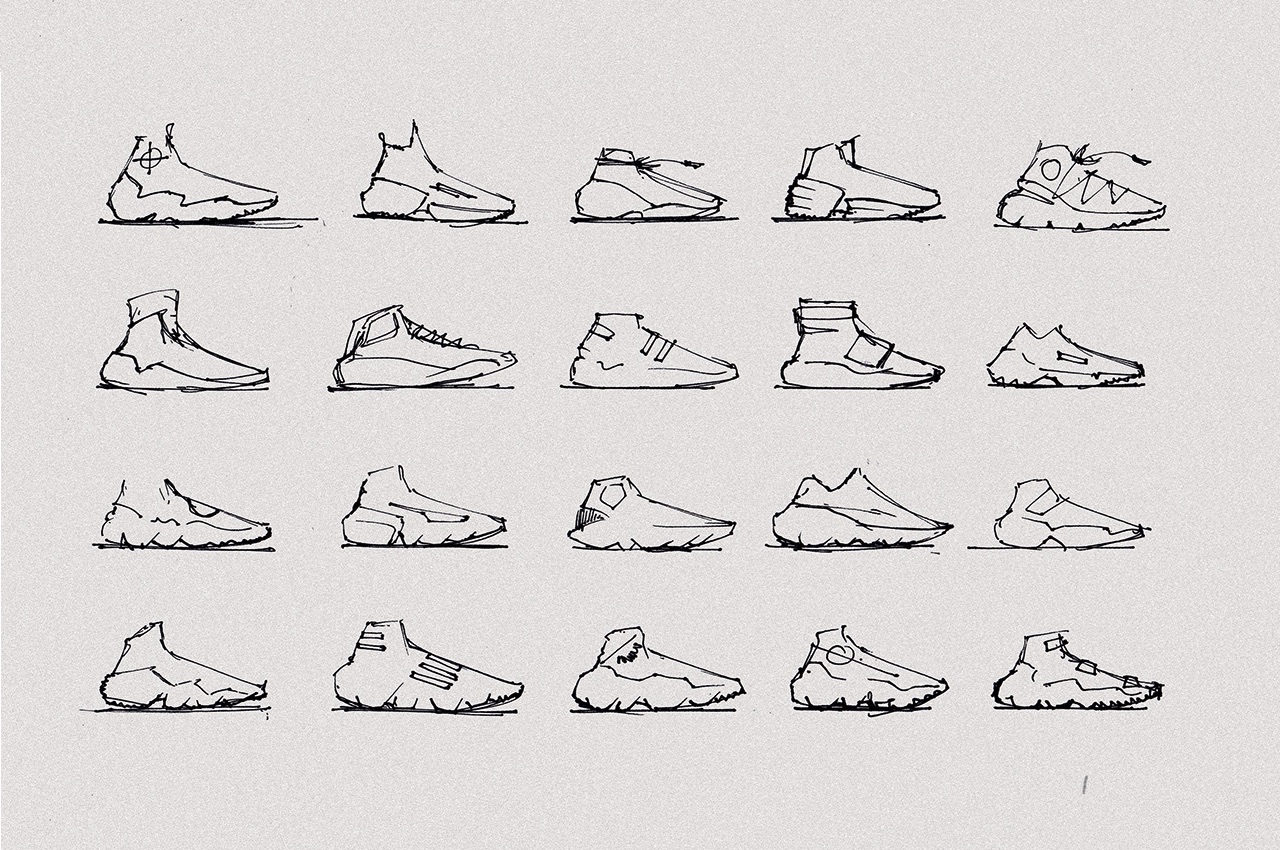
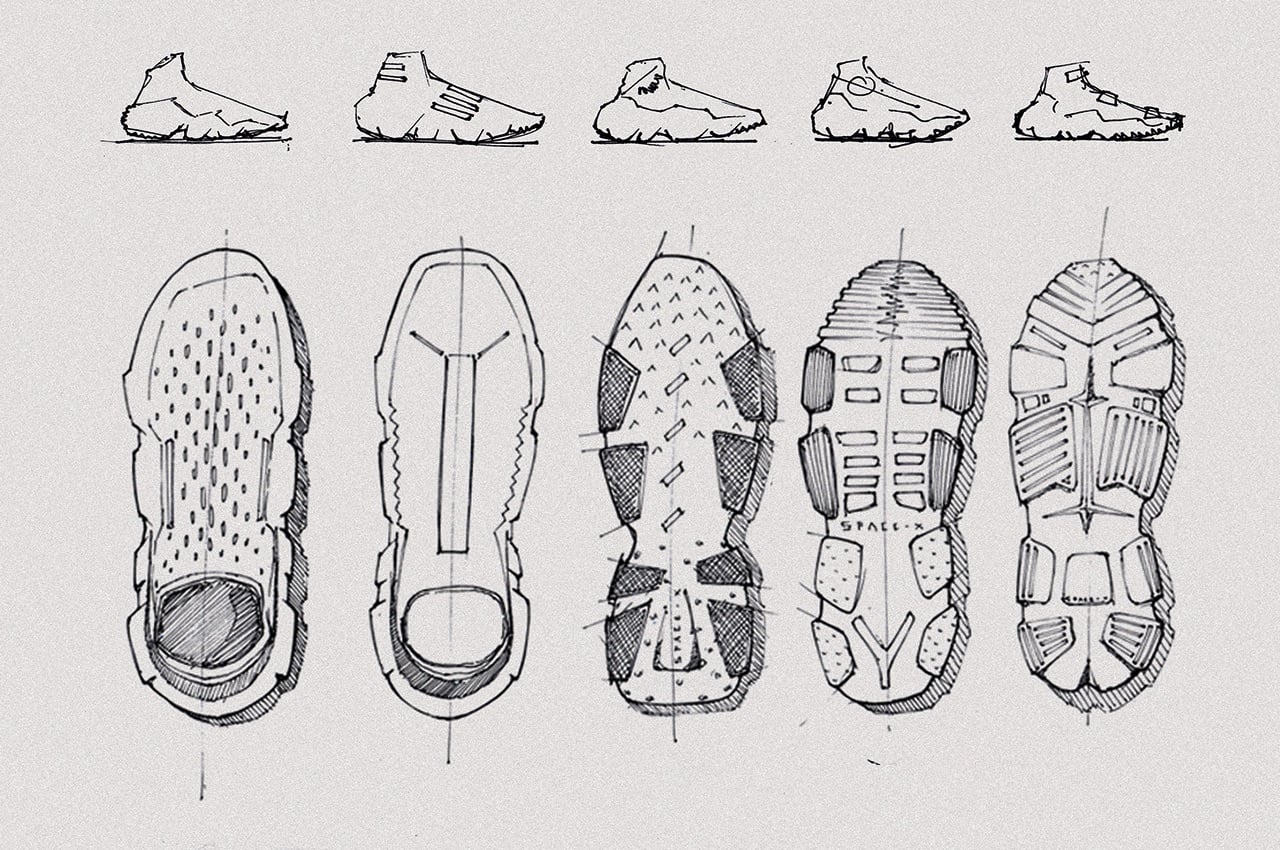

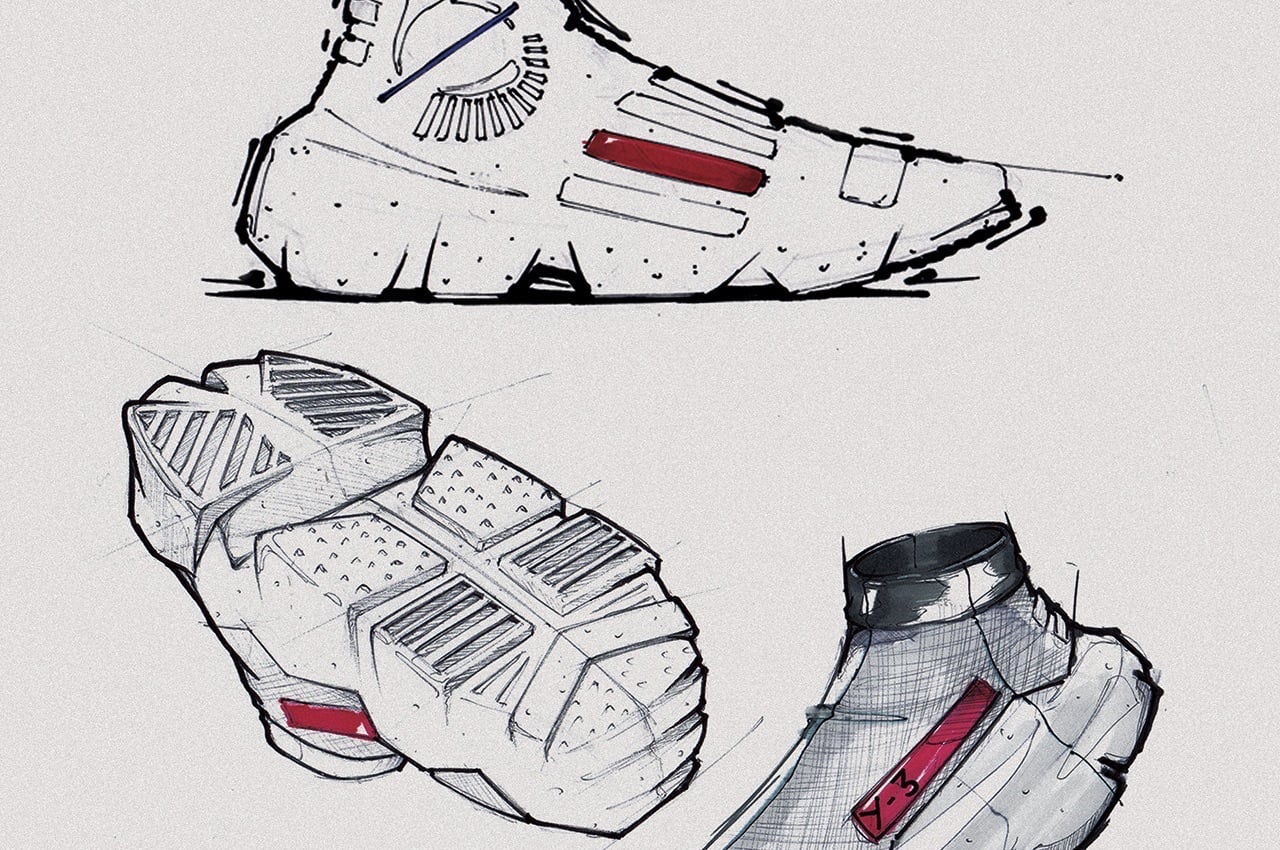
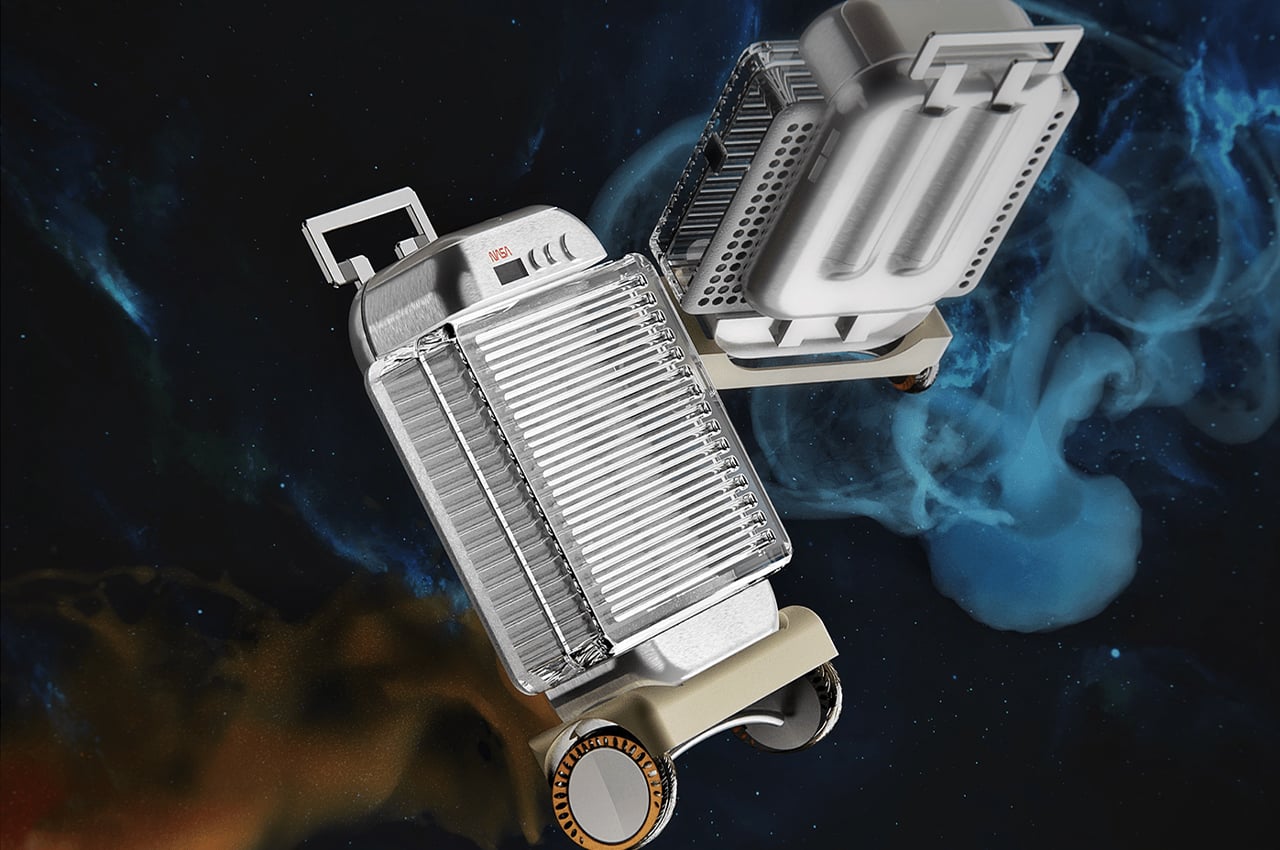
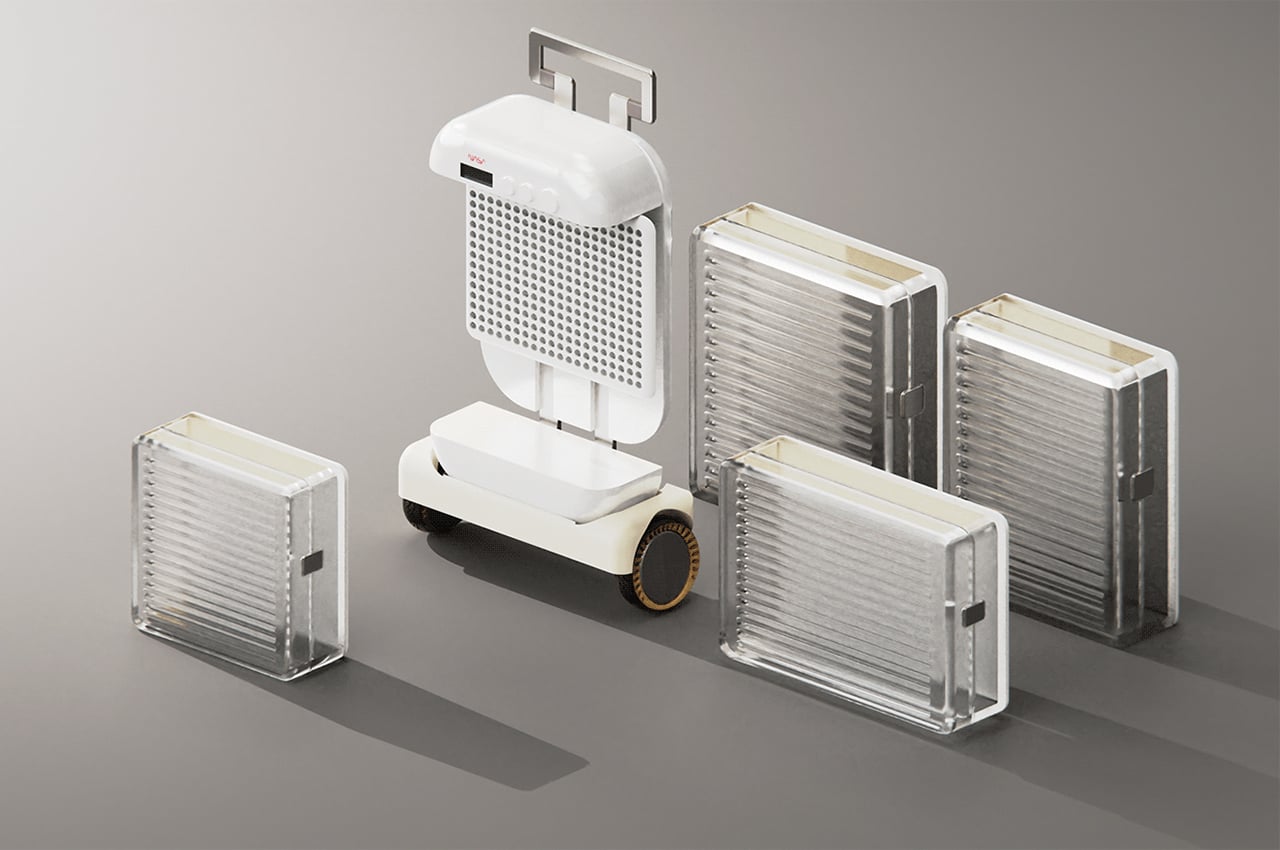
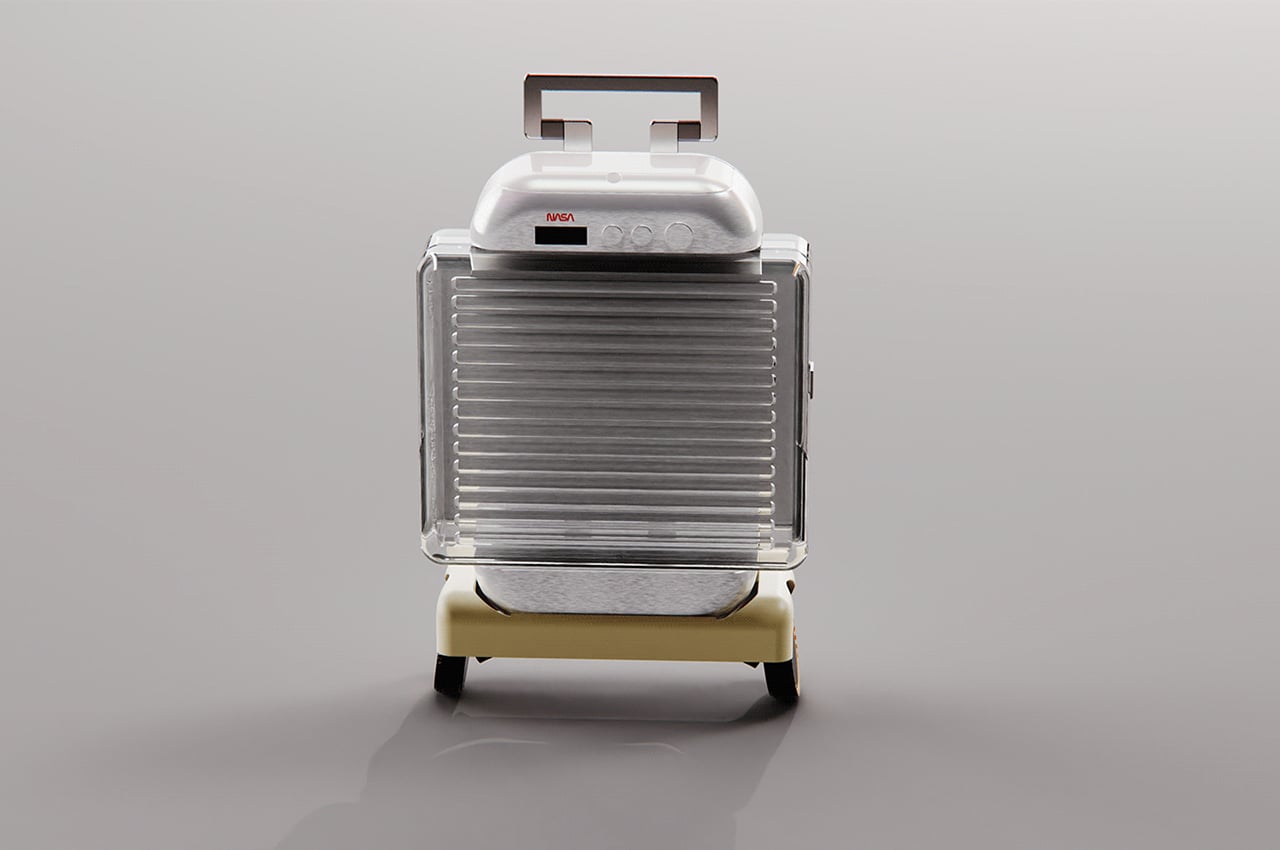
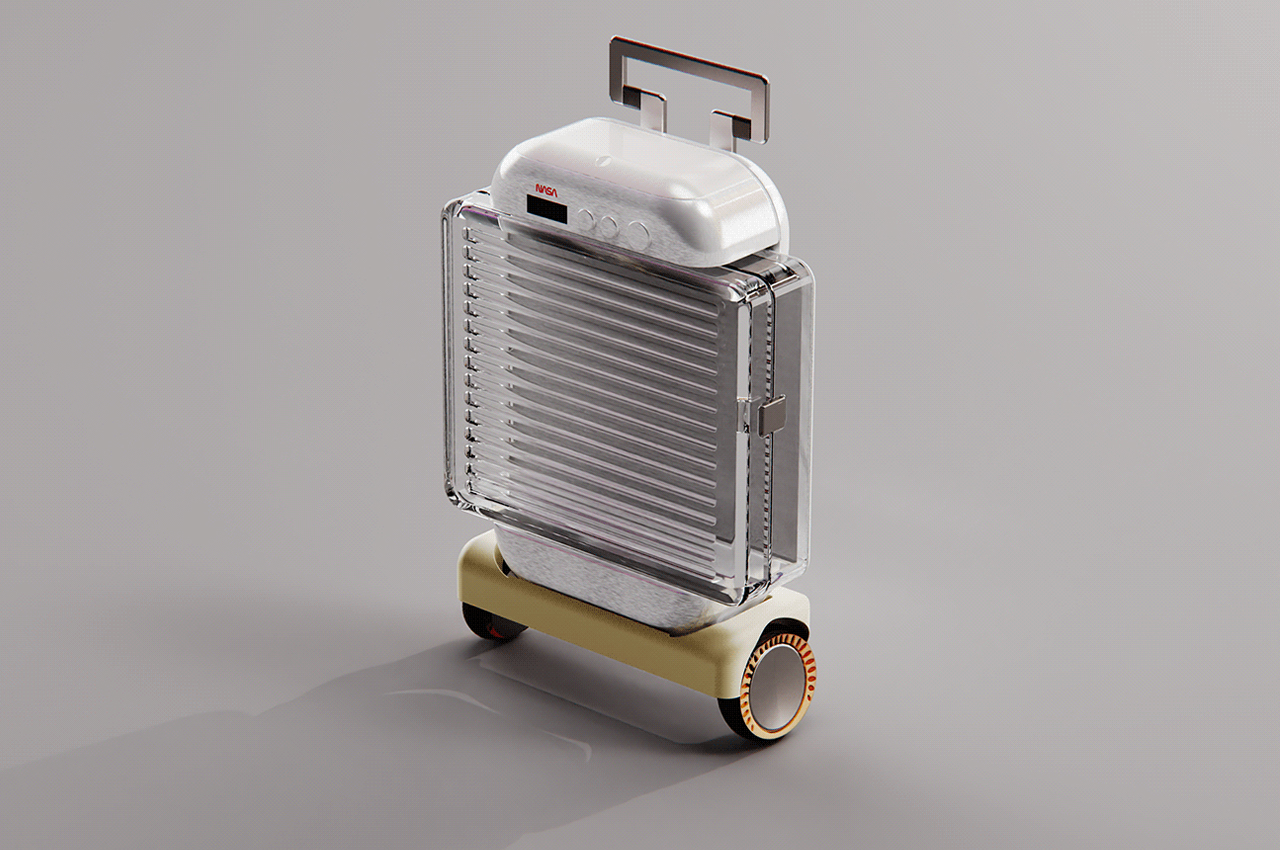
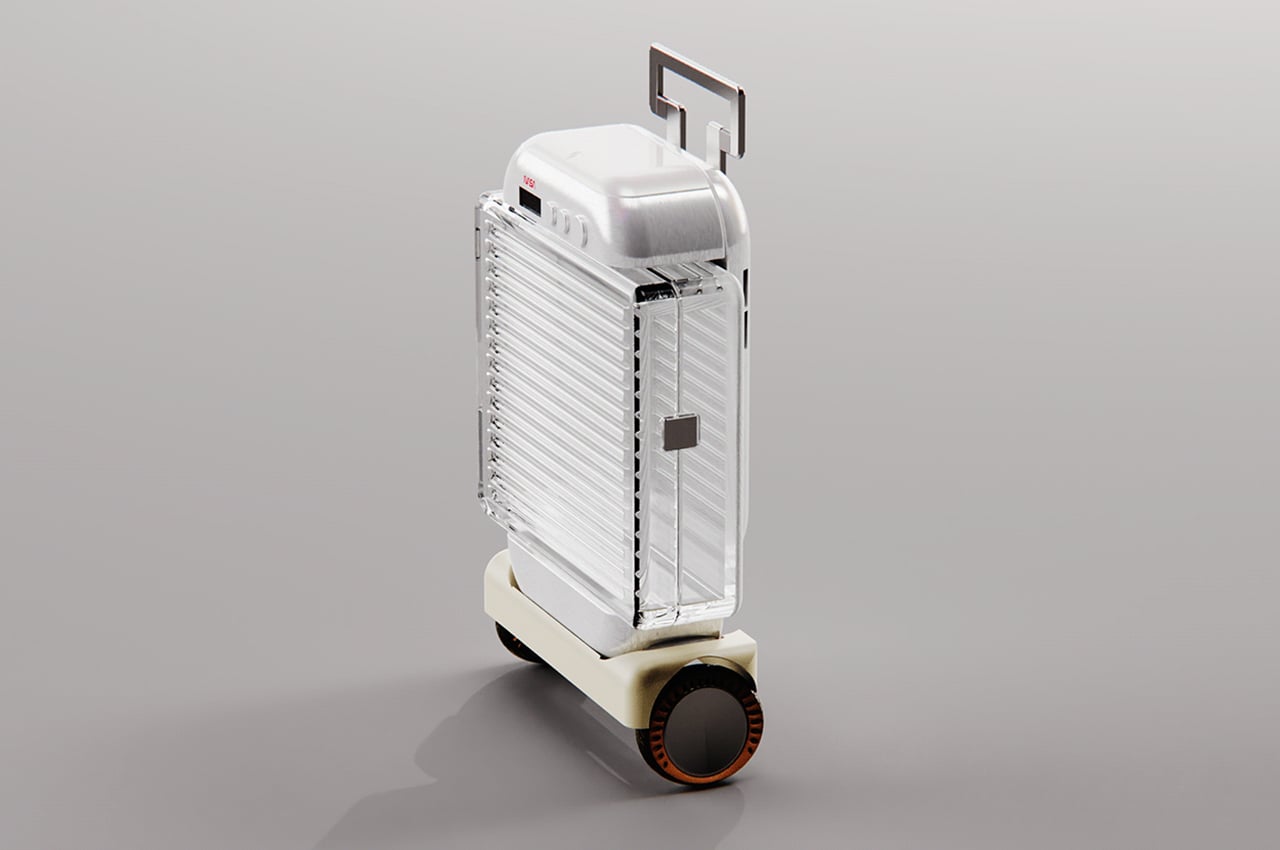
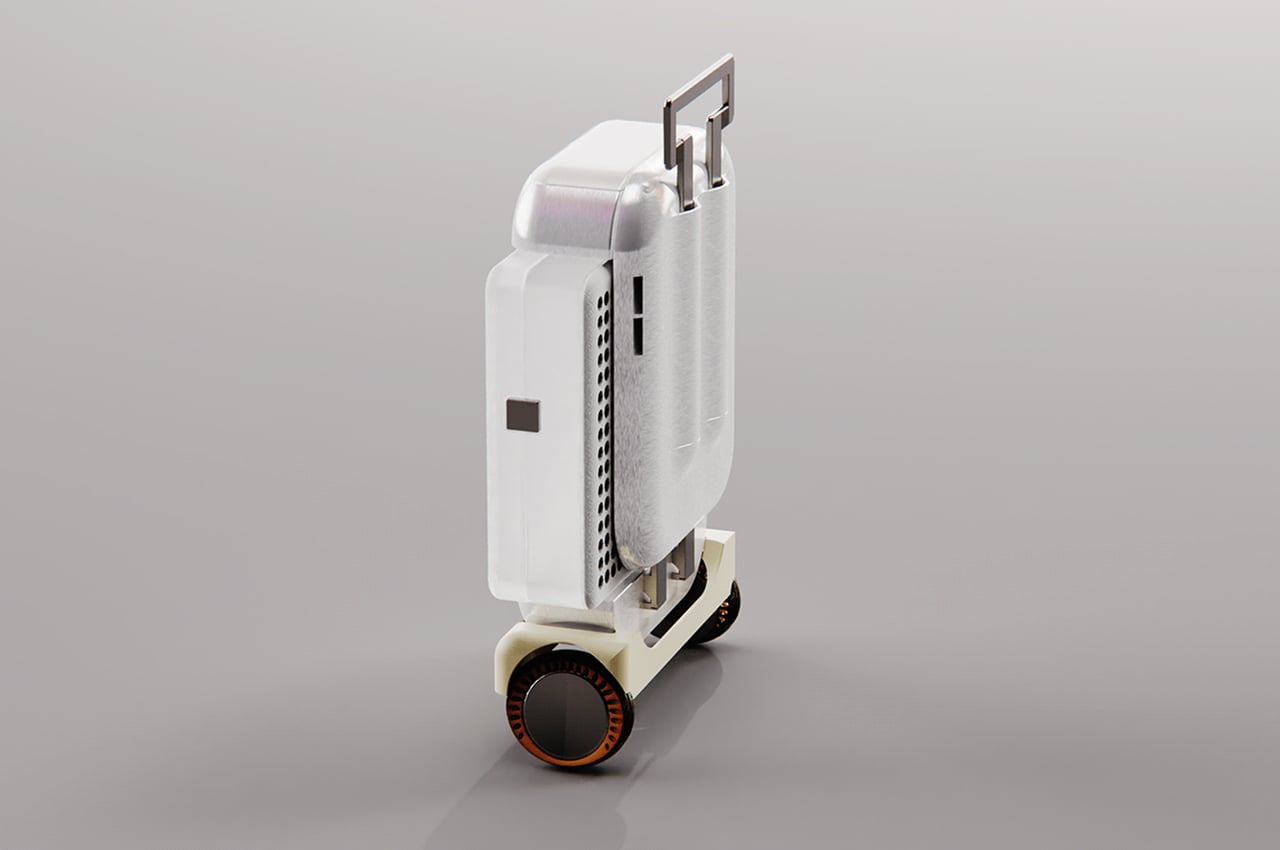
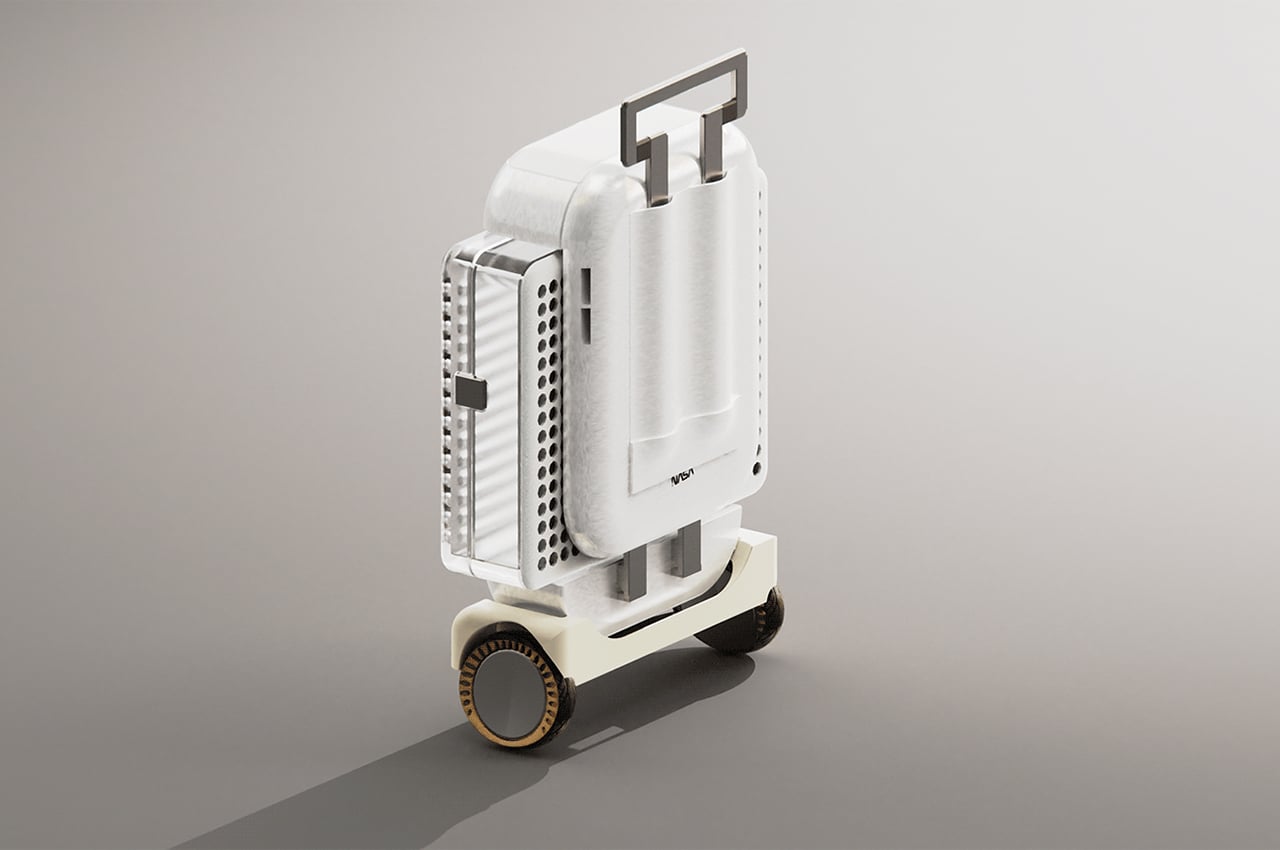

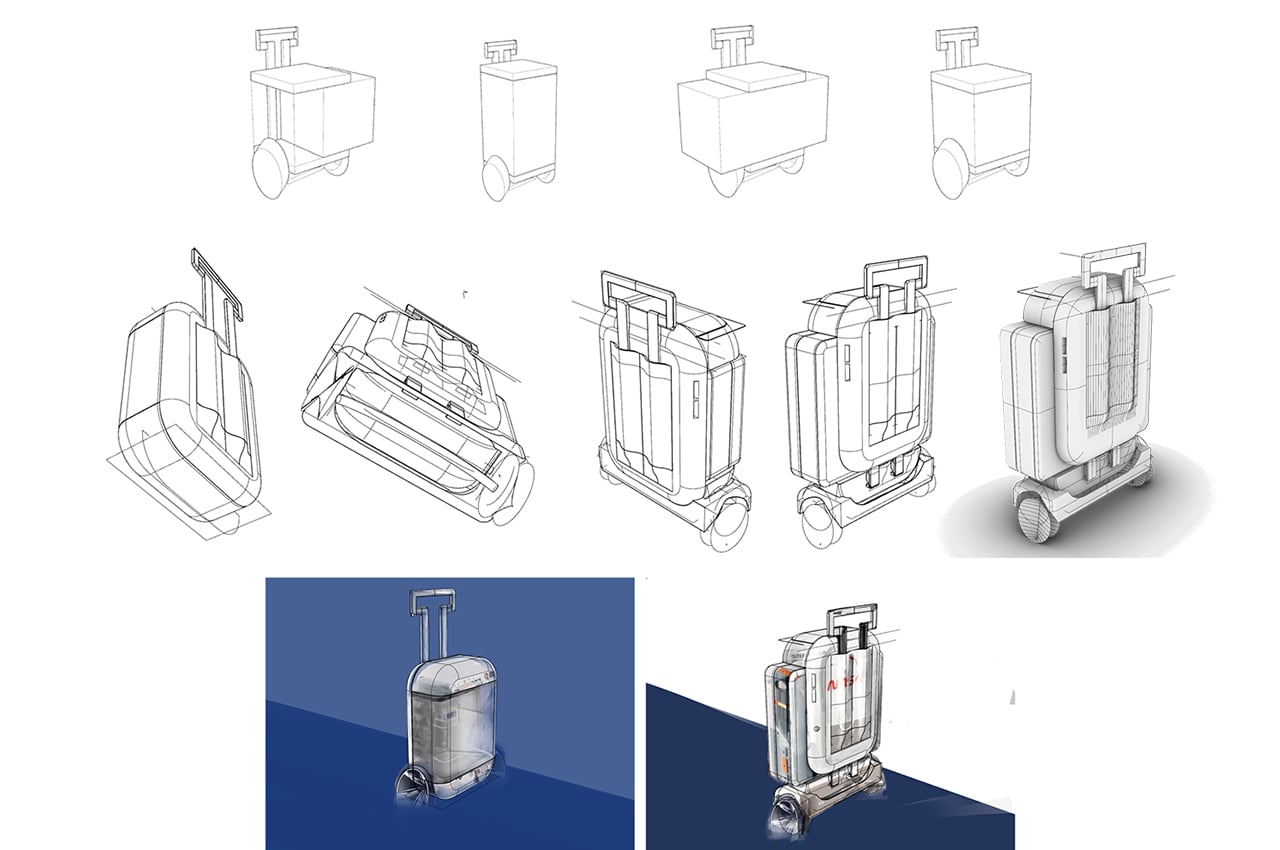

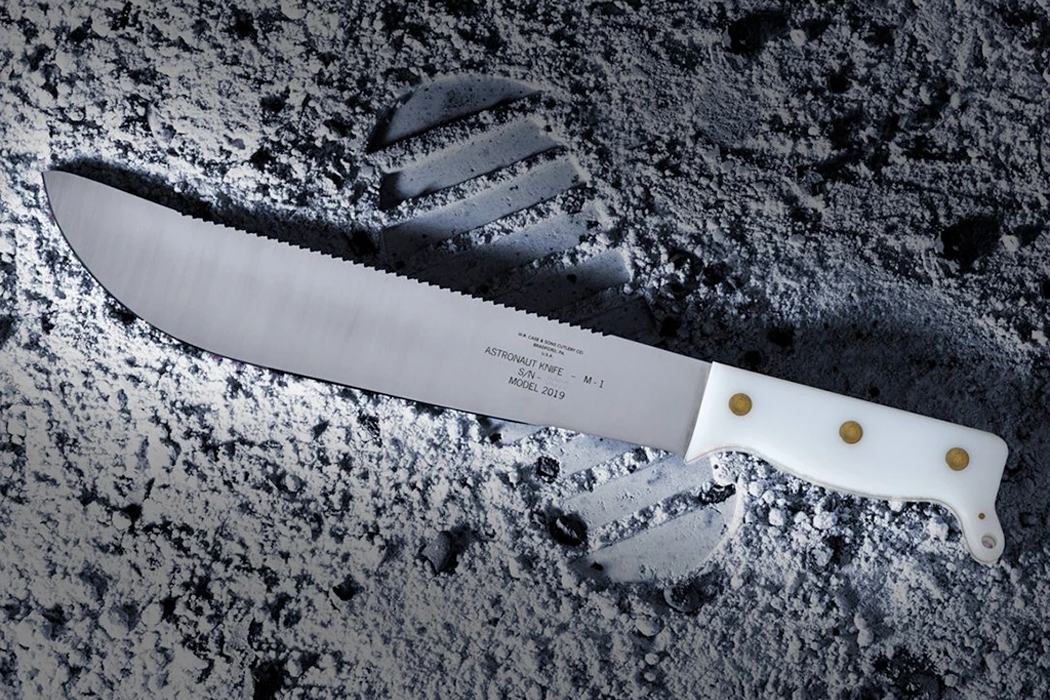
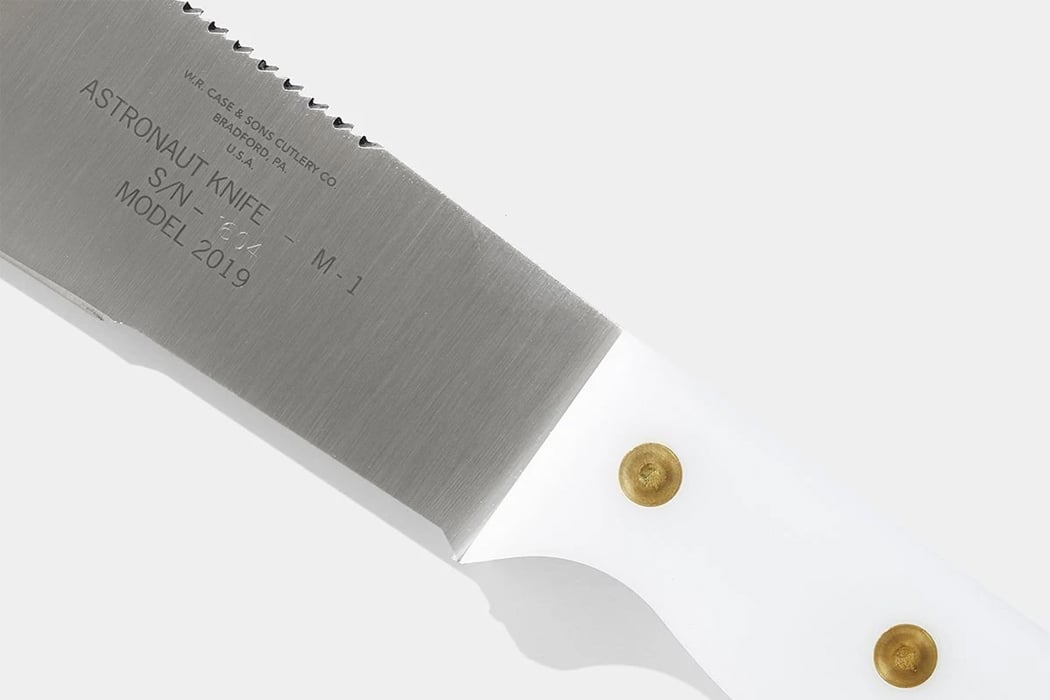
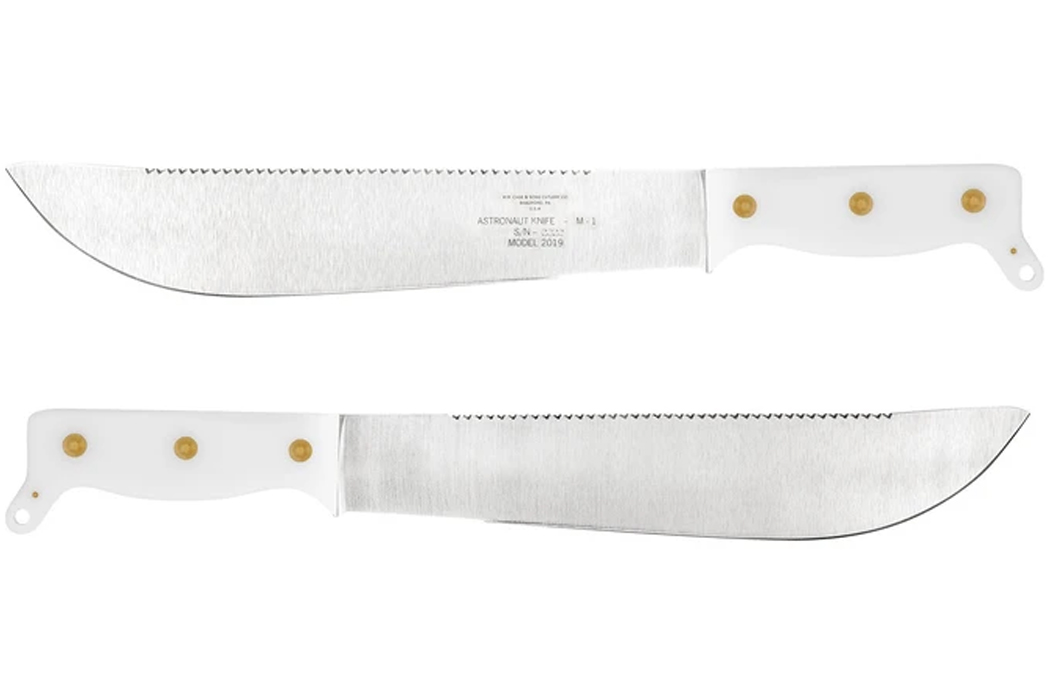
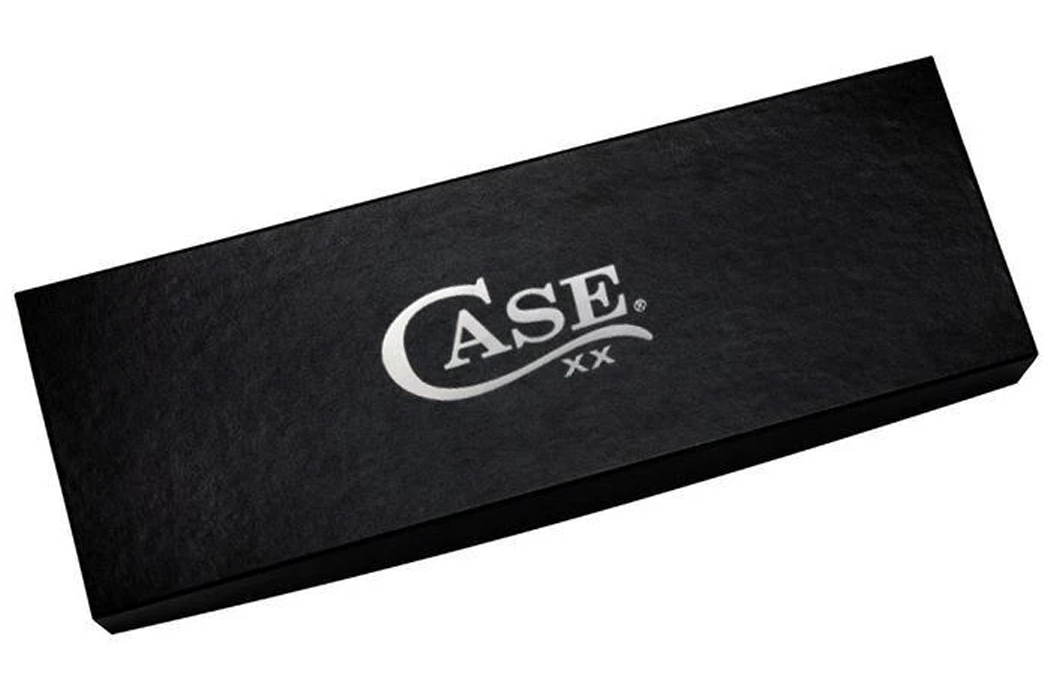
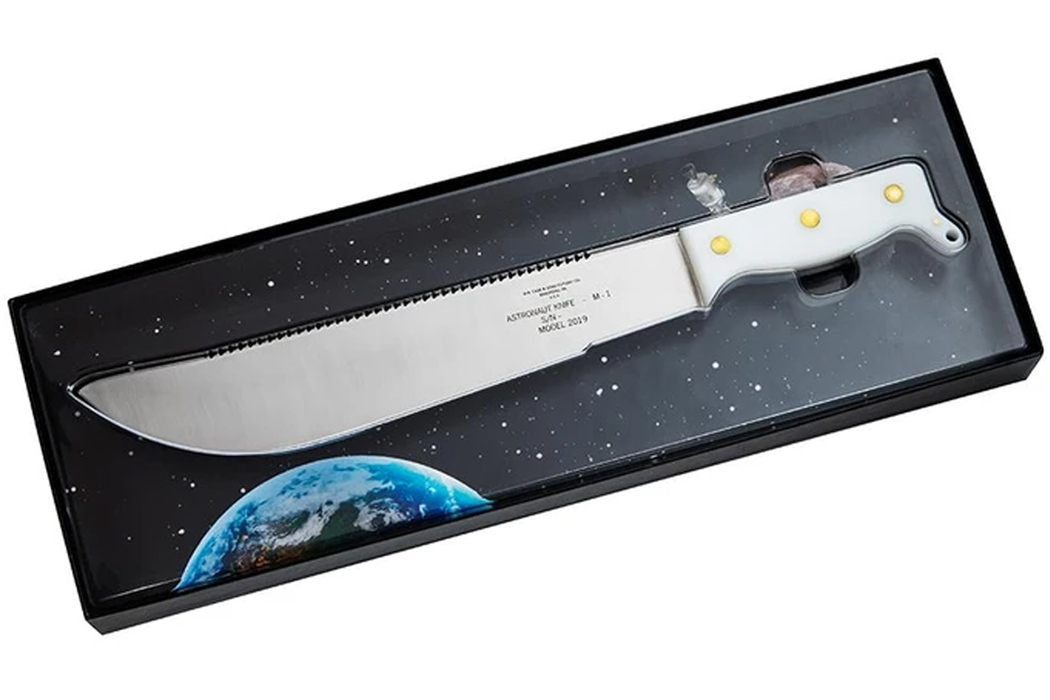
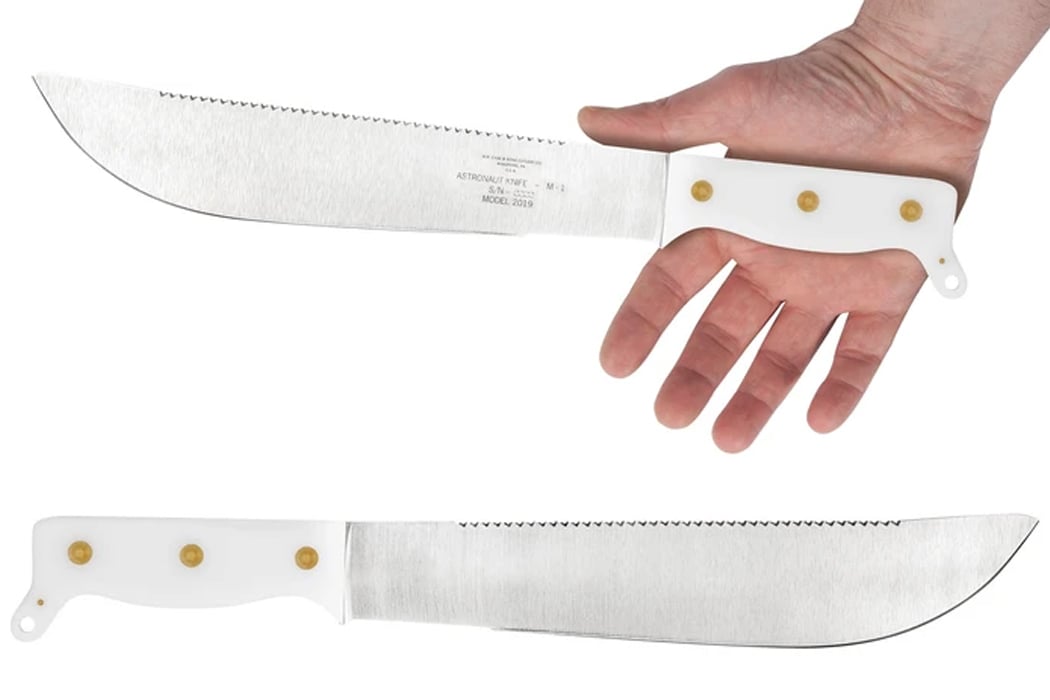
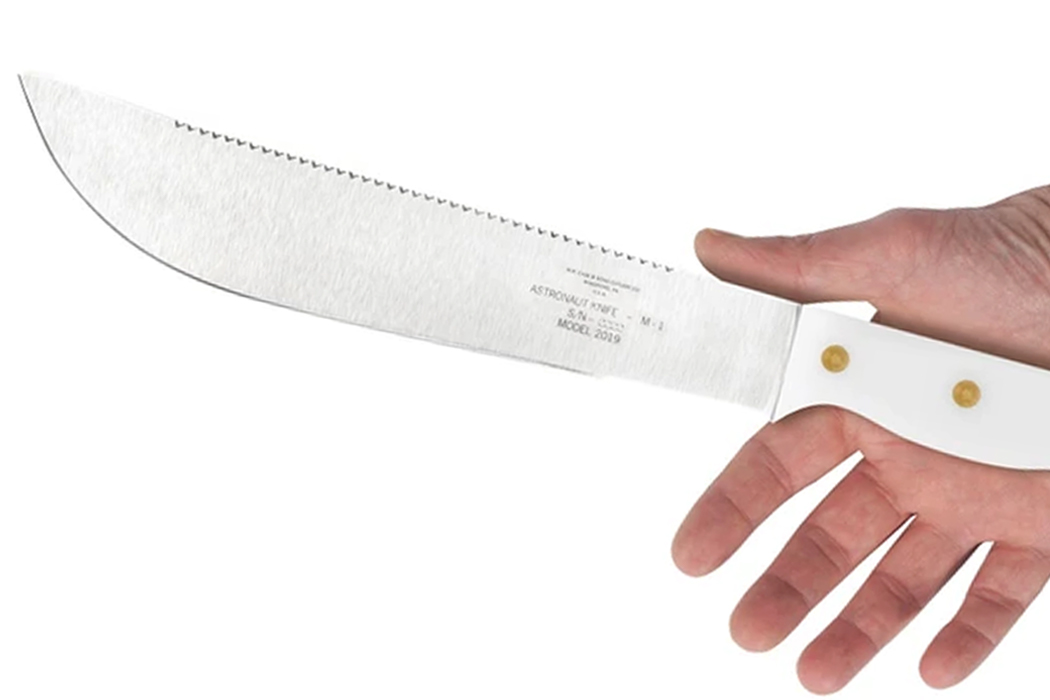
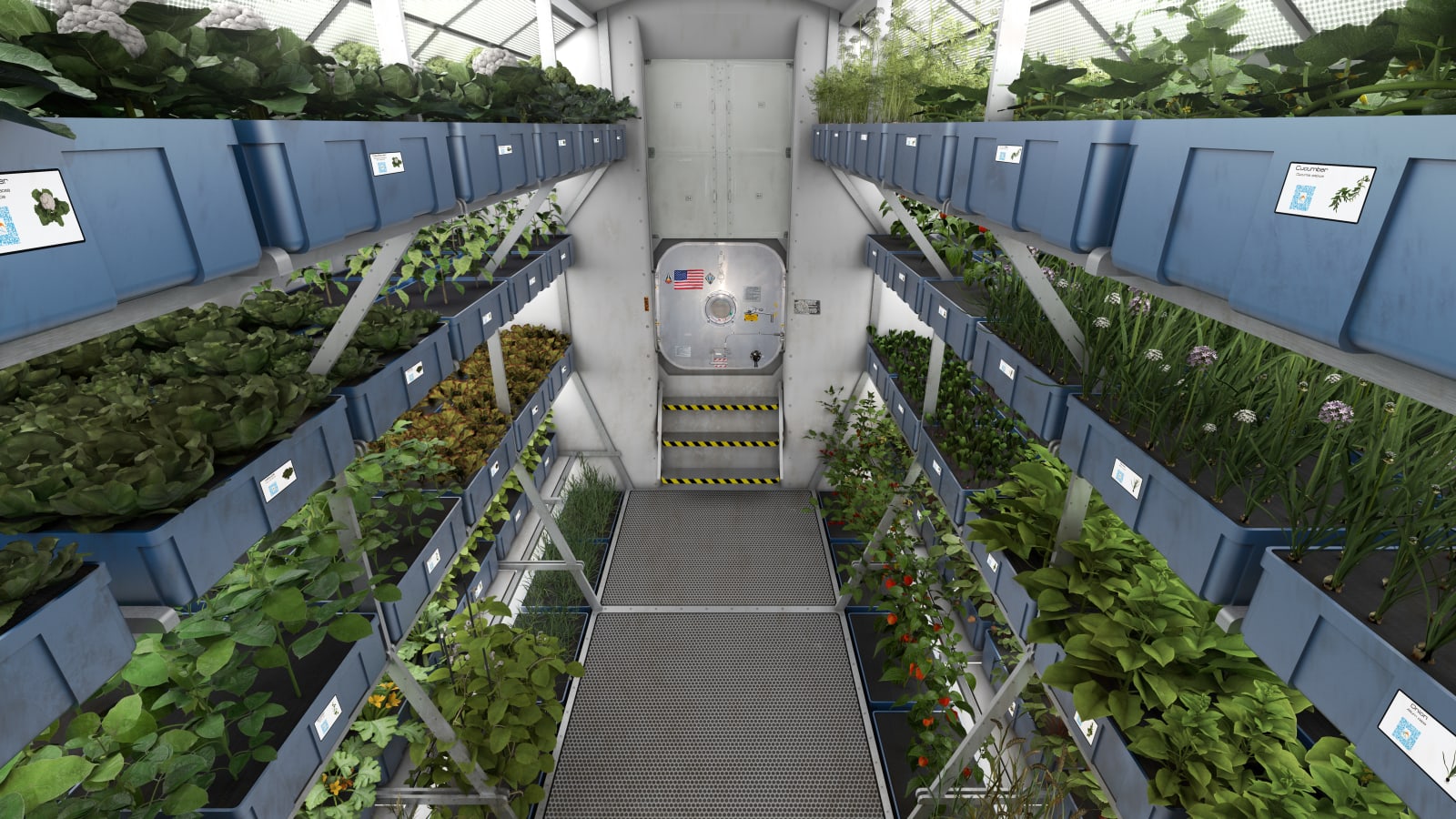 The red romaine lettuce astronauts grew on the ISS a few years ago aren't just as good as Earth-grown lettuce, they're also as nutritious. NASA's Gioia Massa, Christina Khodadad and their colleagues examined and analyzed three batches of lettuce grow...
The red romaine lettuce astronauts grew on the ISS a few years ago aren't just as good as Earth-grown lettuce, they're also as nutritious. NASA's Gioia Massa, Christina Khodadad and their colleagues examined and analyzed three batches of lettuce grow...
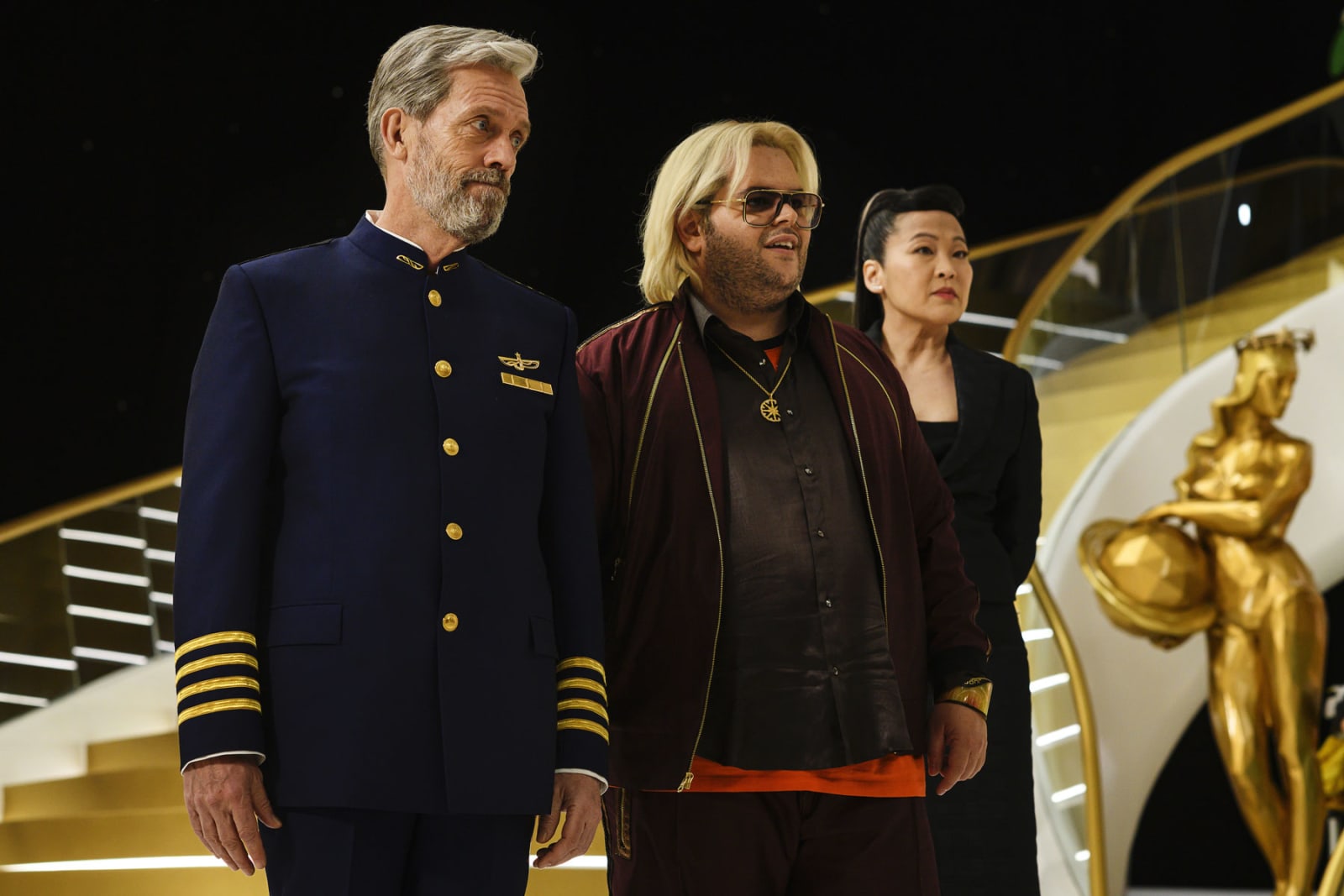 If you thought that HBO was done mocking technology companies now that Silicon Valley is done, think again. Avenue 5 is the channel's new sitcom, and one that asks the question: "What if tech bros were in charge of more than just our internet histori...
If you thought that HBO was done mocking technology companies now that Silicon Valley is done, think again. Avenue 5 is the channel's new sitcom, and one that asks the question: "What if tech bros were in charge of more than just our internet histori...
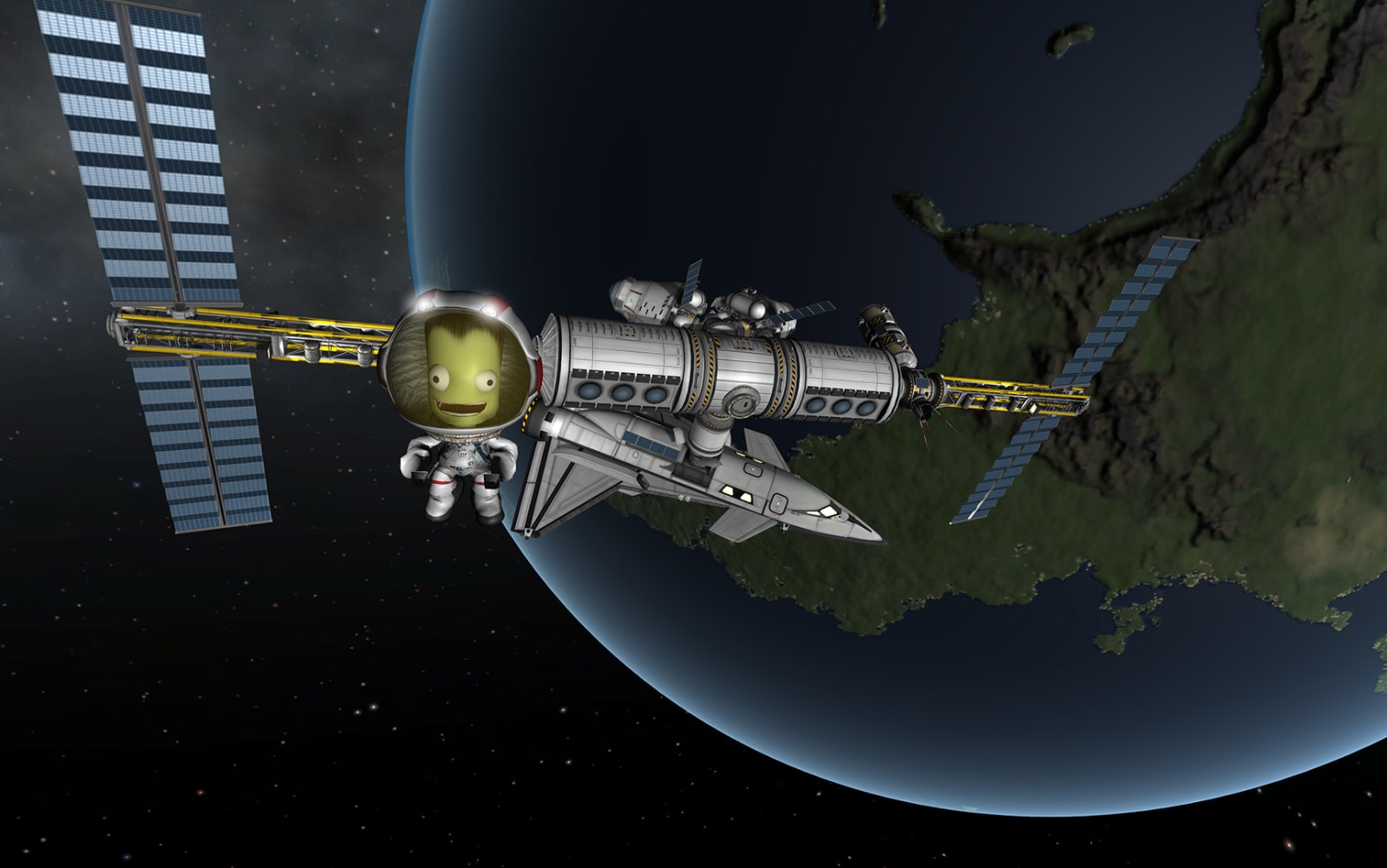 It's been four years since Kerbal Space Program (KSP) -- the spacecraft building and flight simulation game -- officially launched. While Elon Musk once called the title "awesome" and joked that SpaceX used KSP for testing software, it was due for a...
It's been four years since Kerbal Space Program (KSP) -- the spacecraft building and flight simulation game -- officially launched. While Elon Musk once called the title "awesome" and joked that SpaceX used KSP for testing software, it was due for a...